
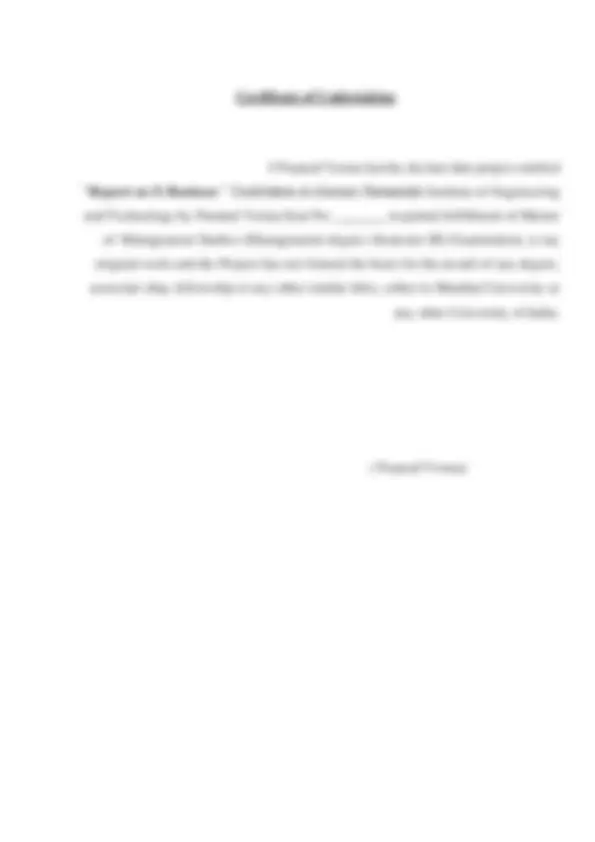
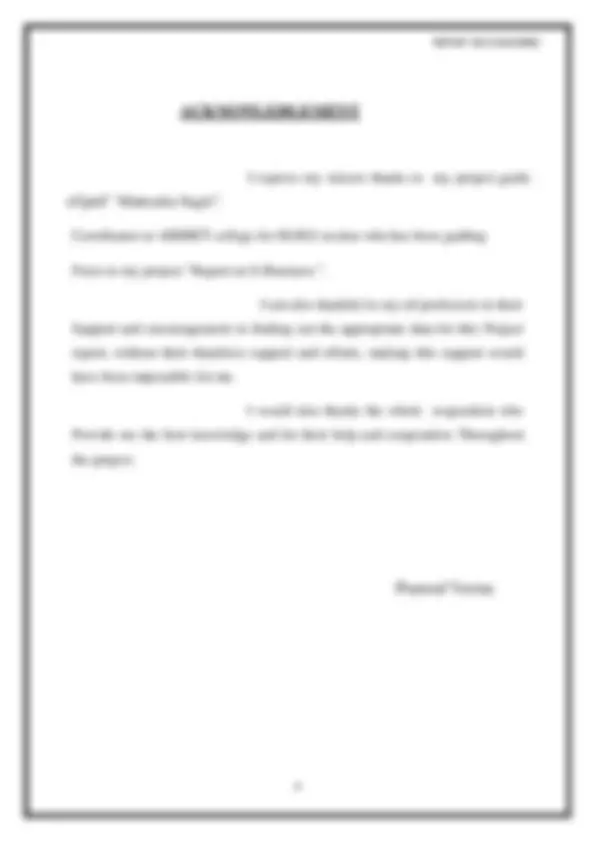
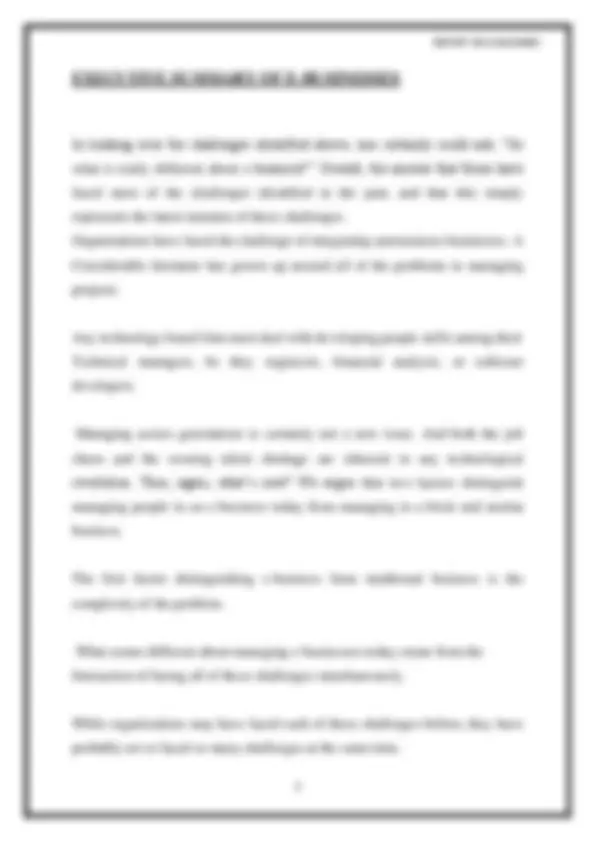
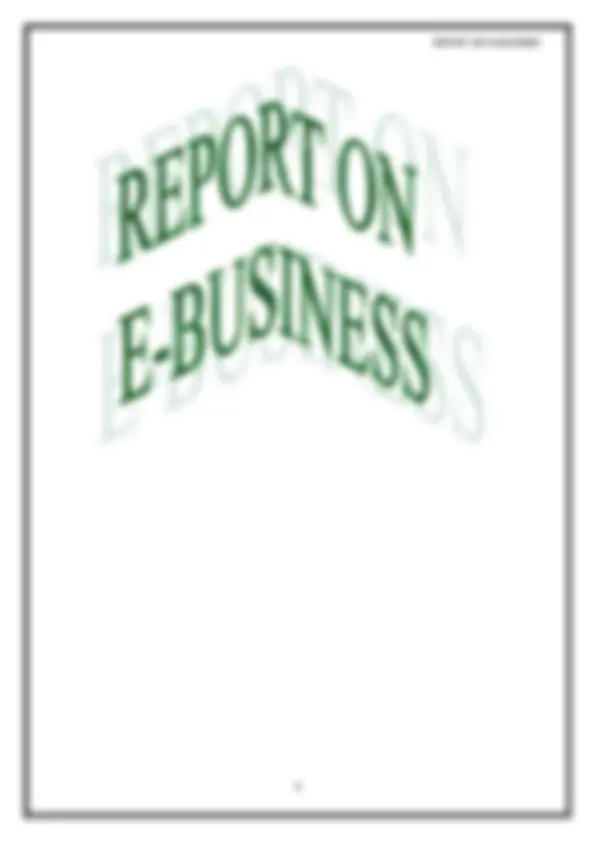
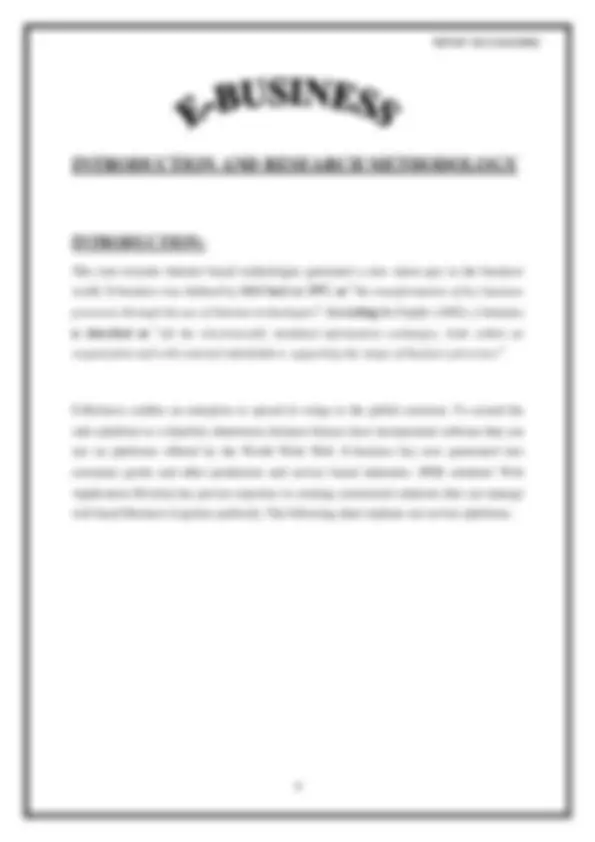
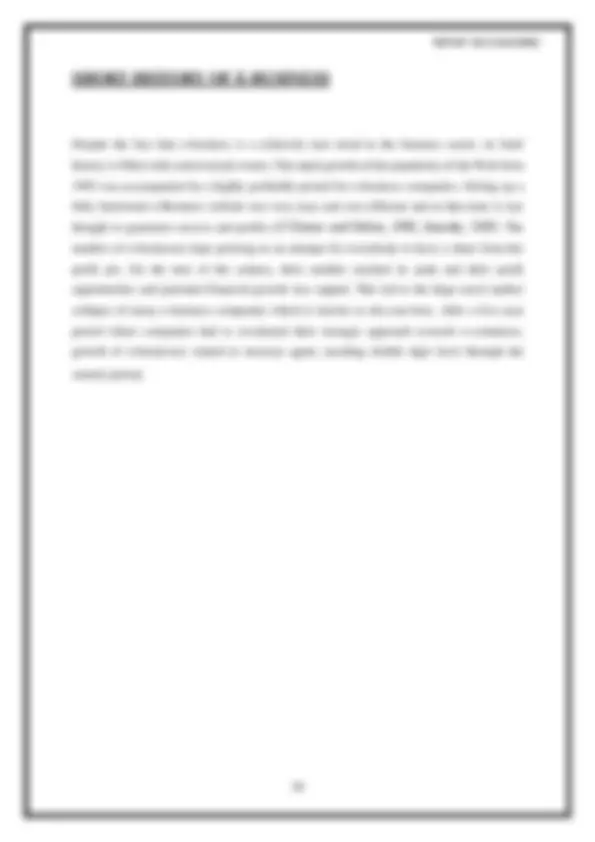
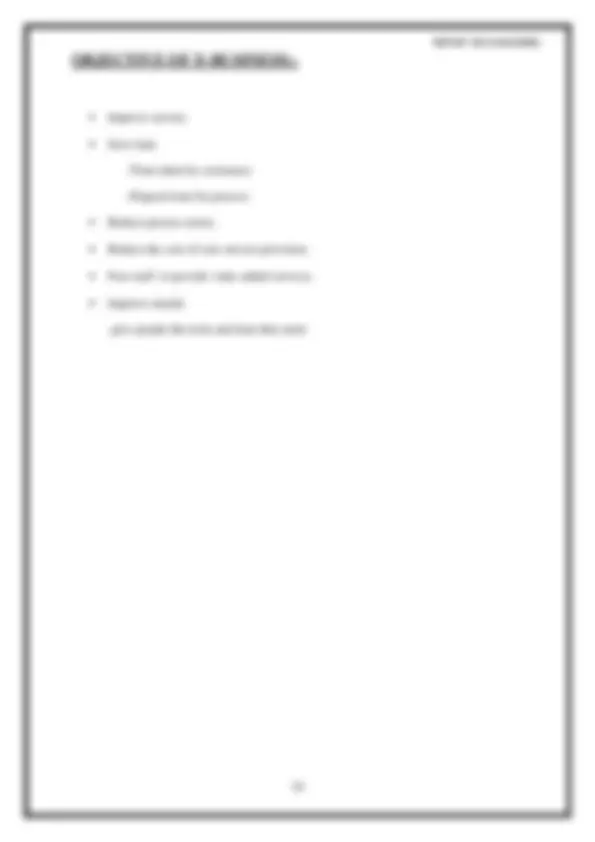
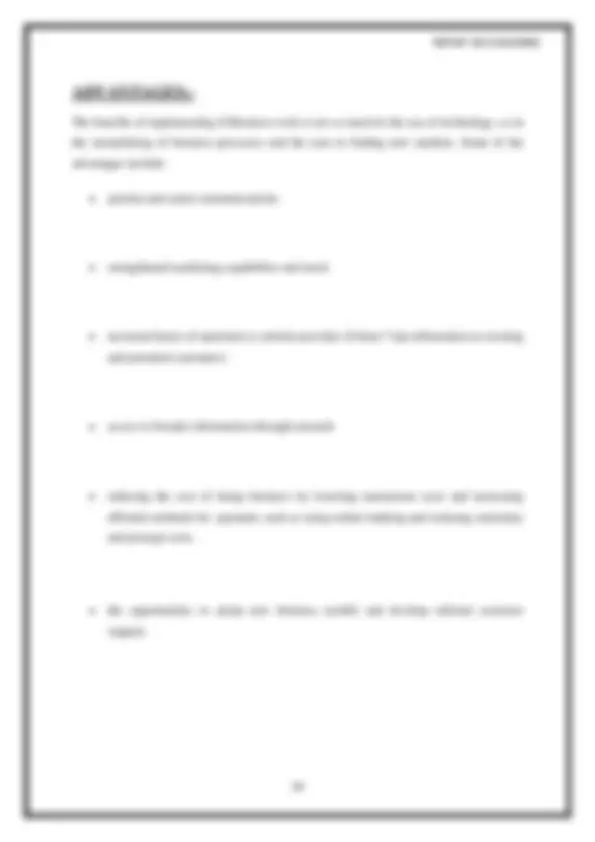
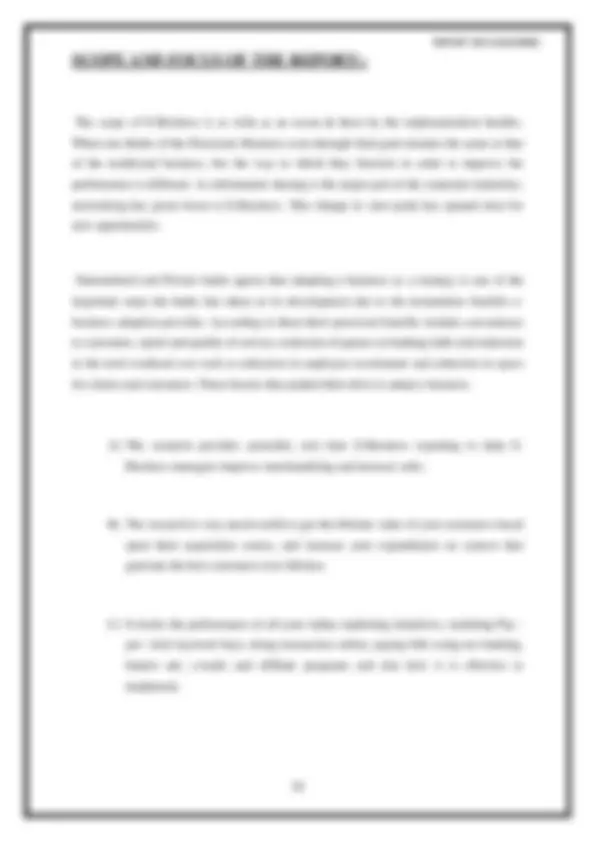
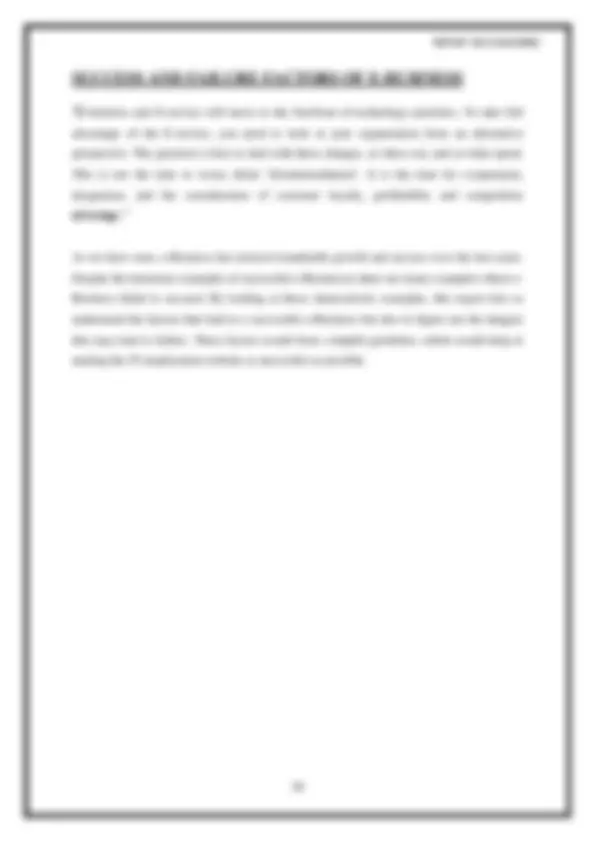
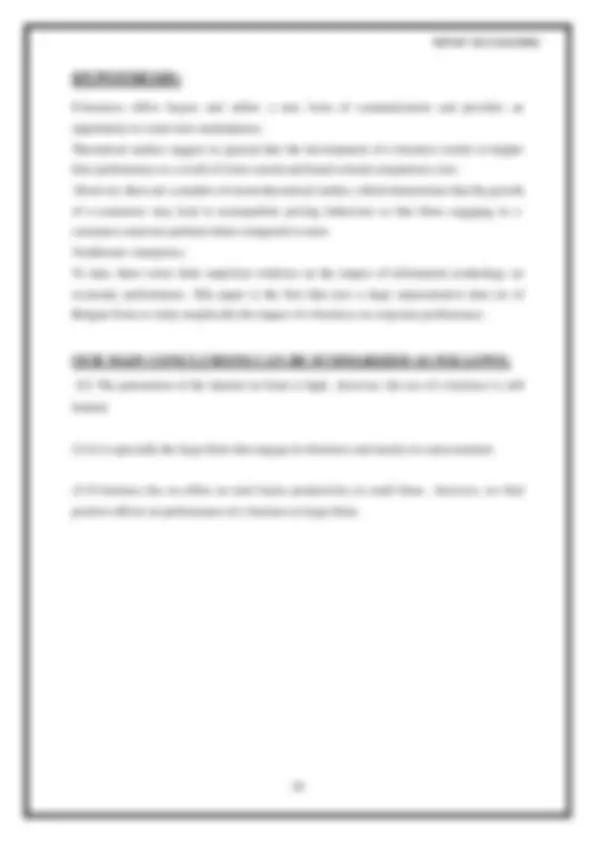
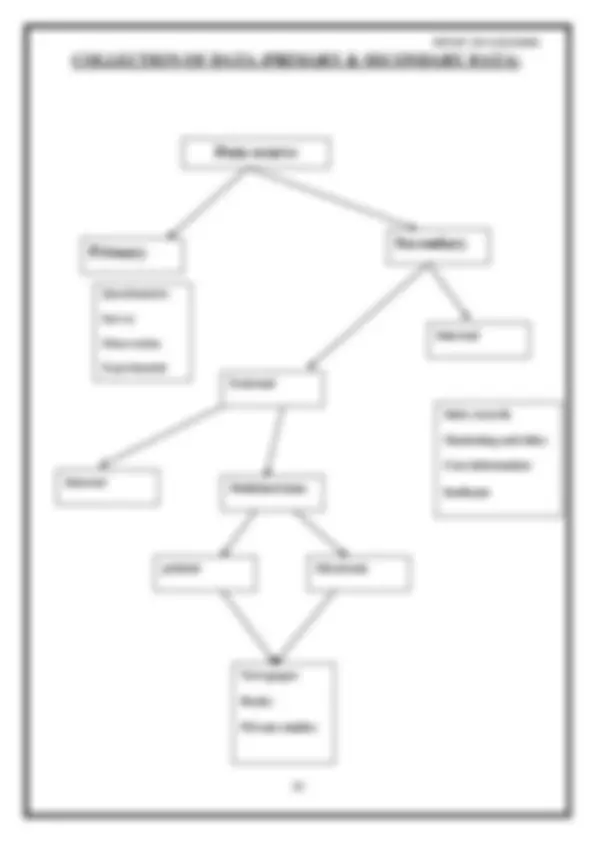
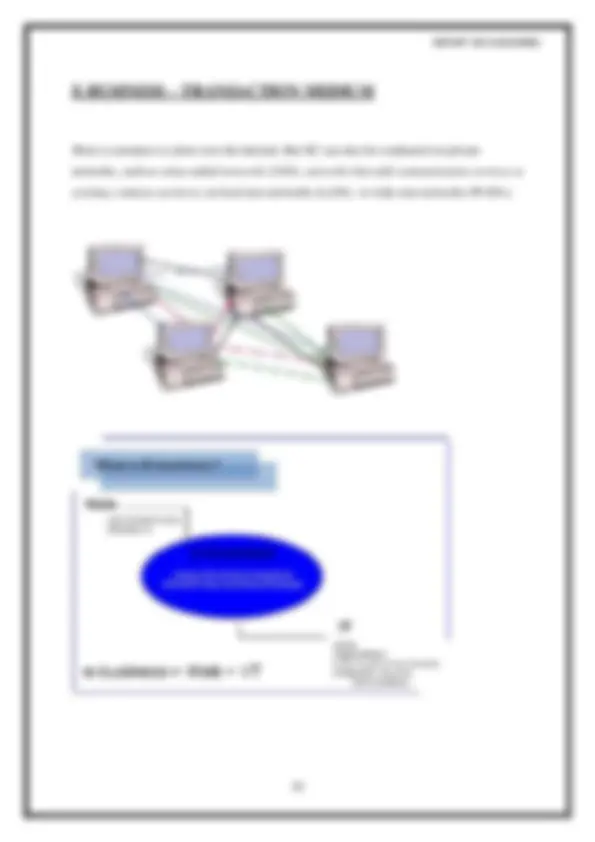
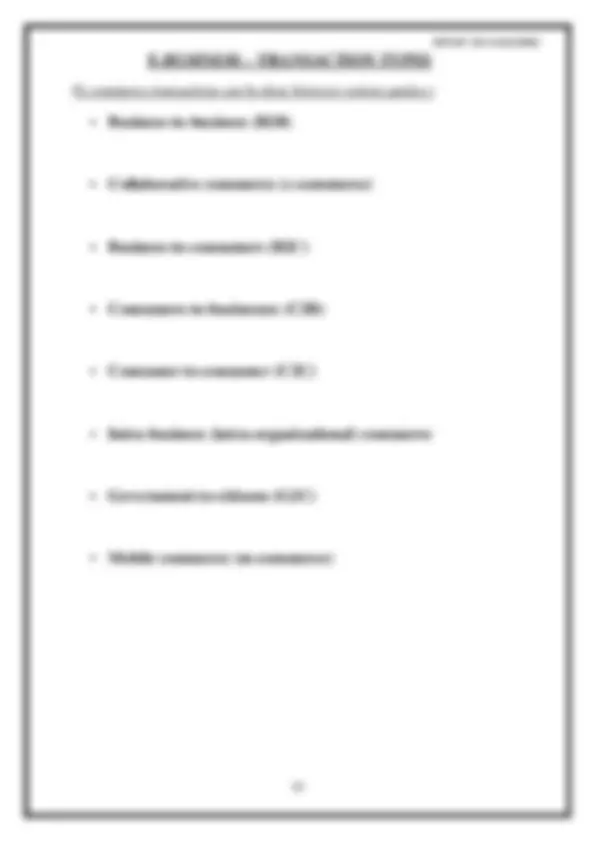
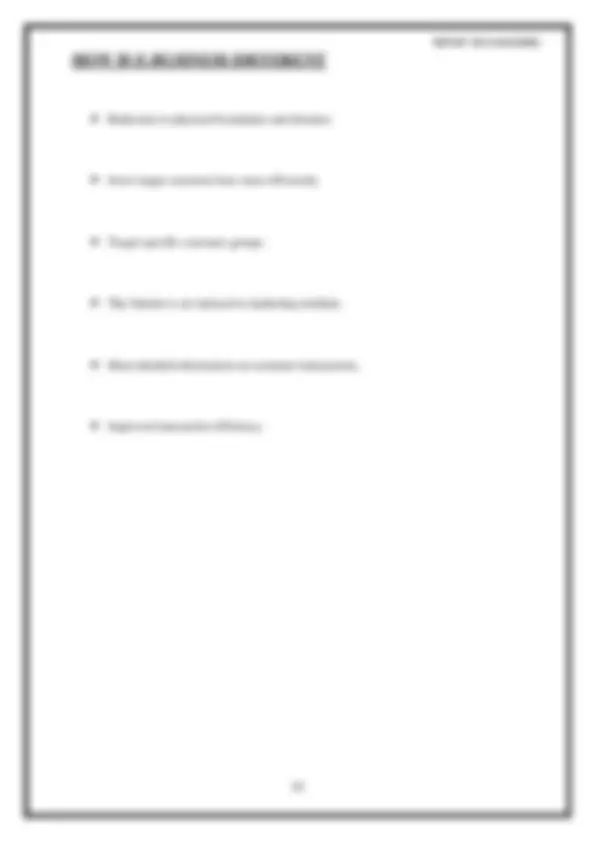
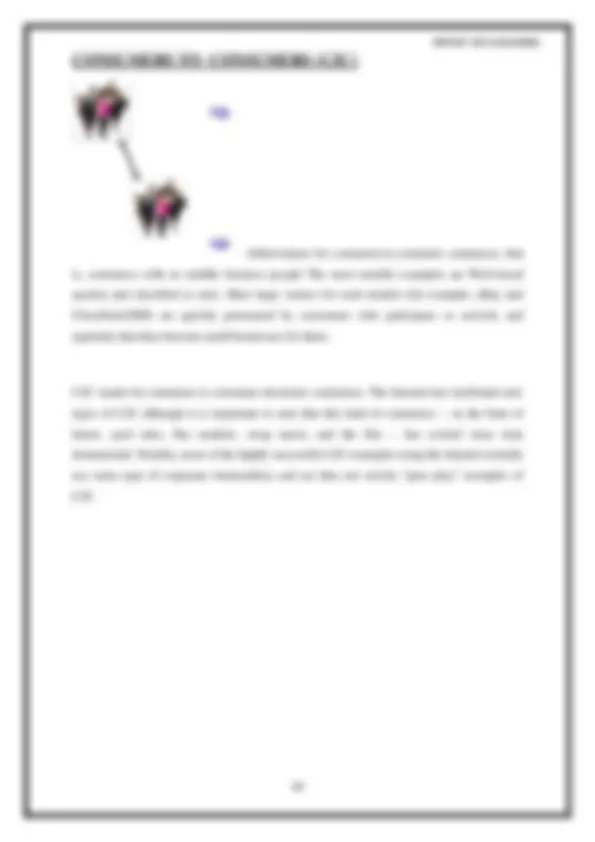

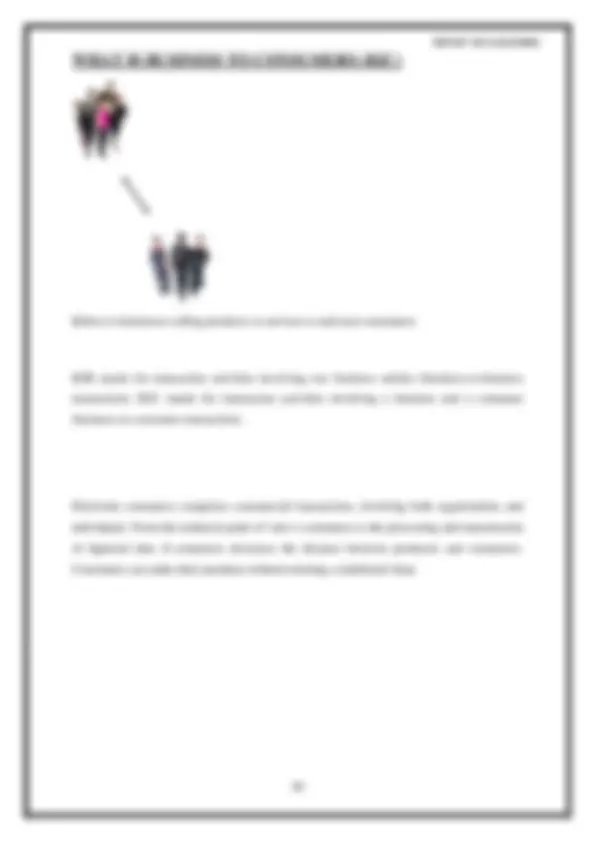
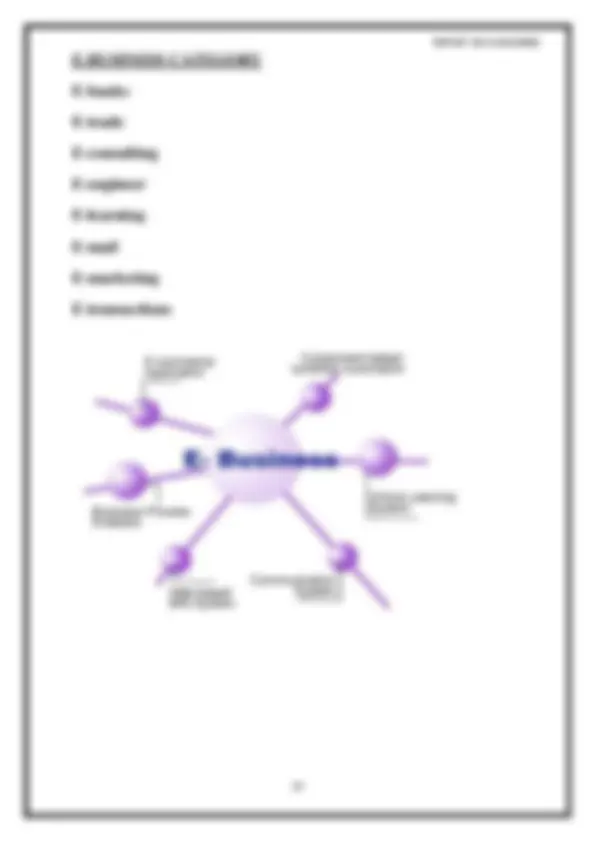
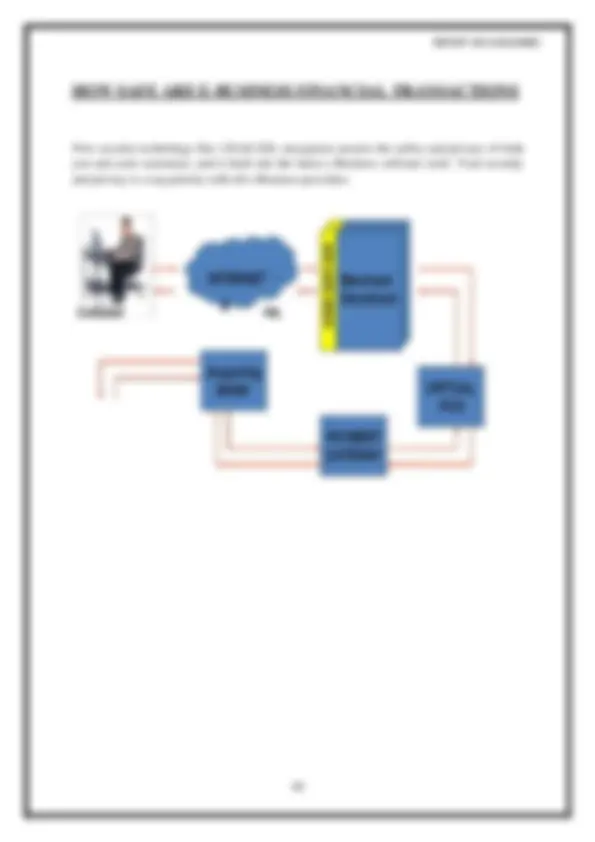
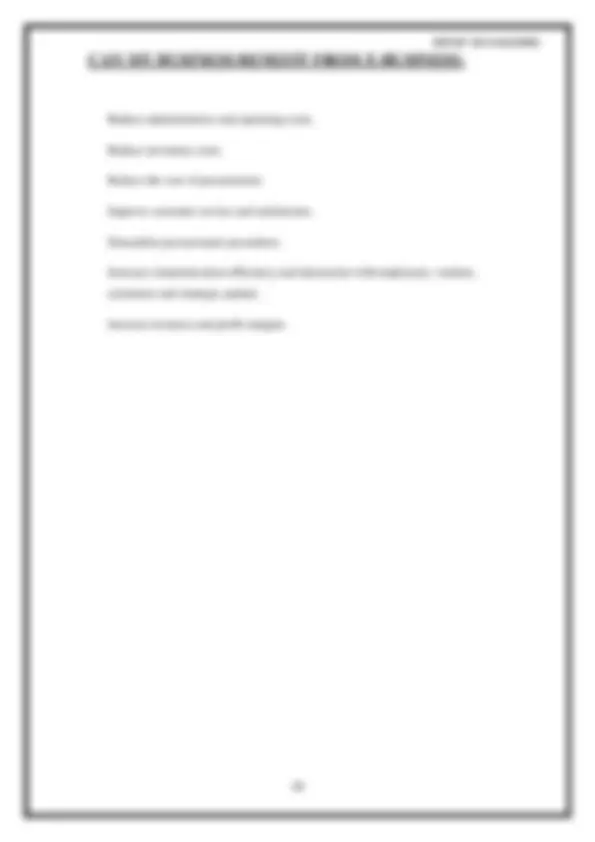
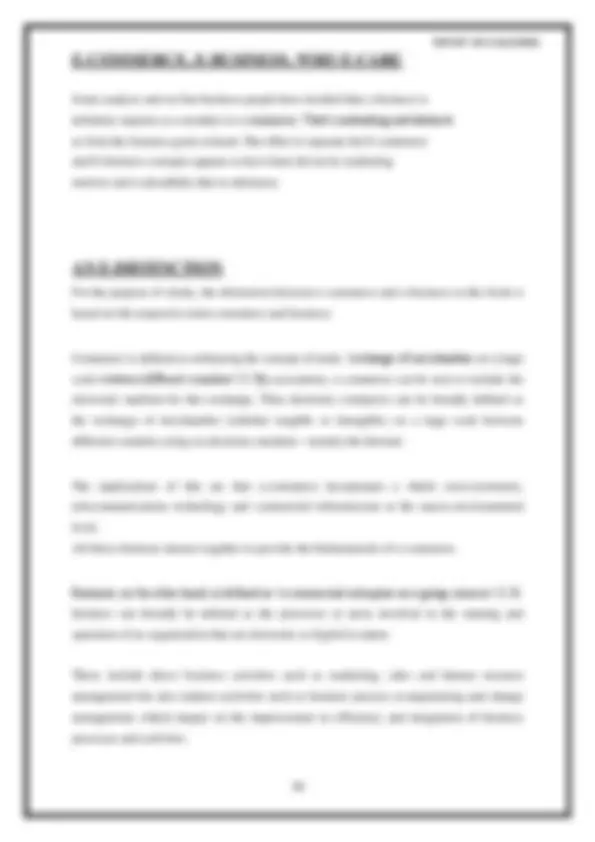
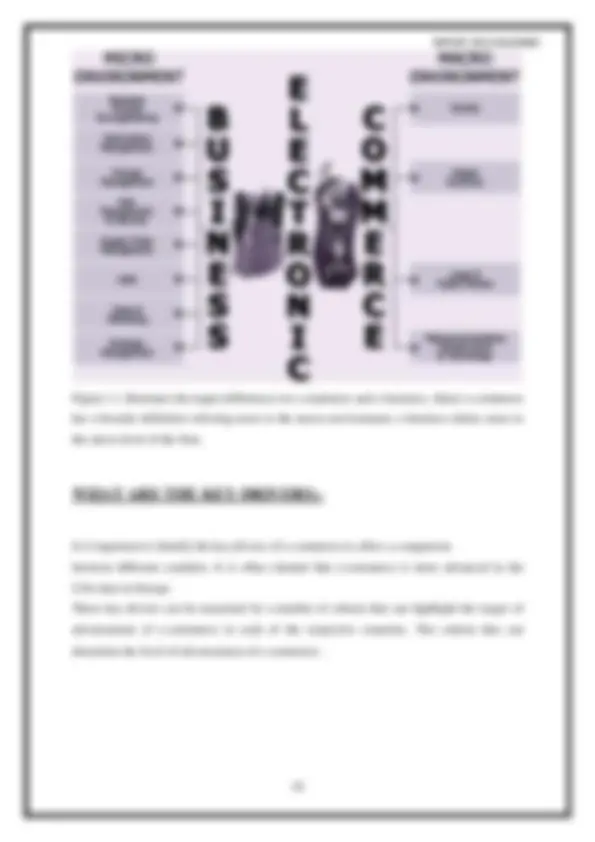
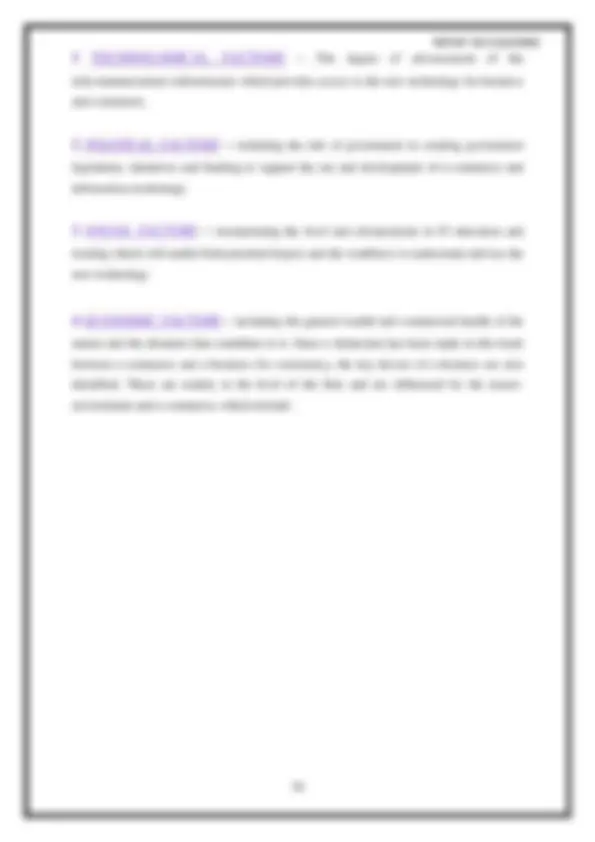
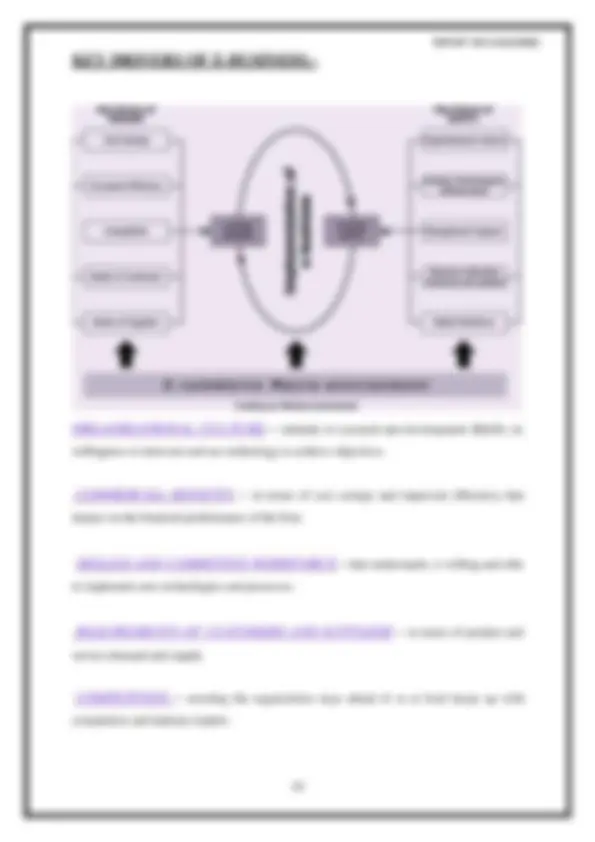
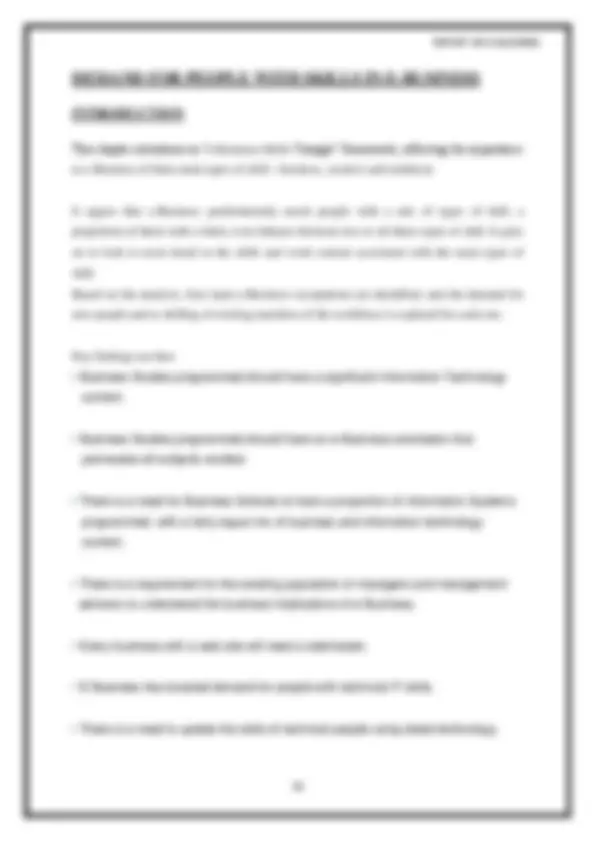
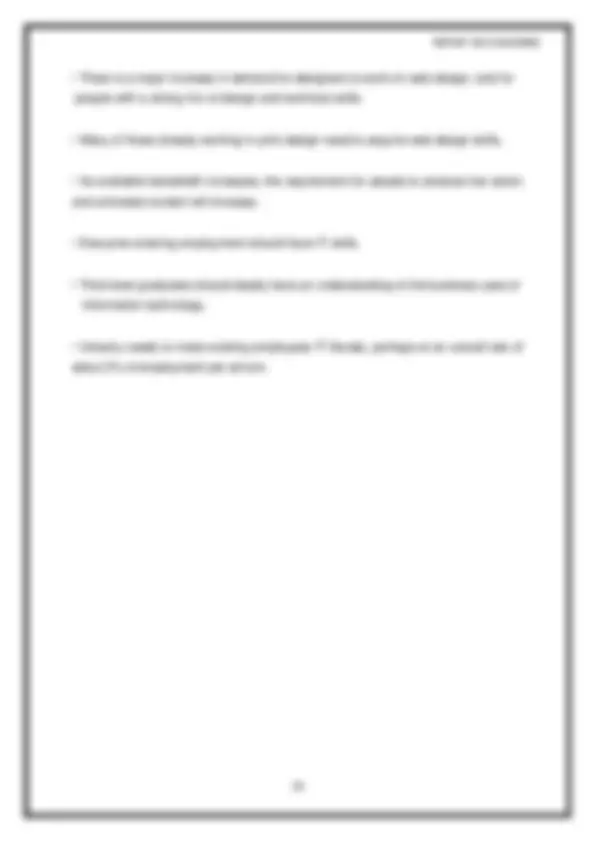
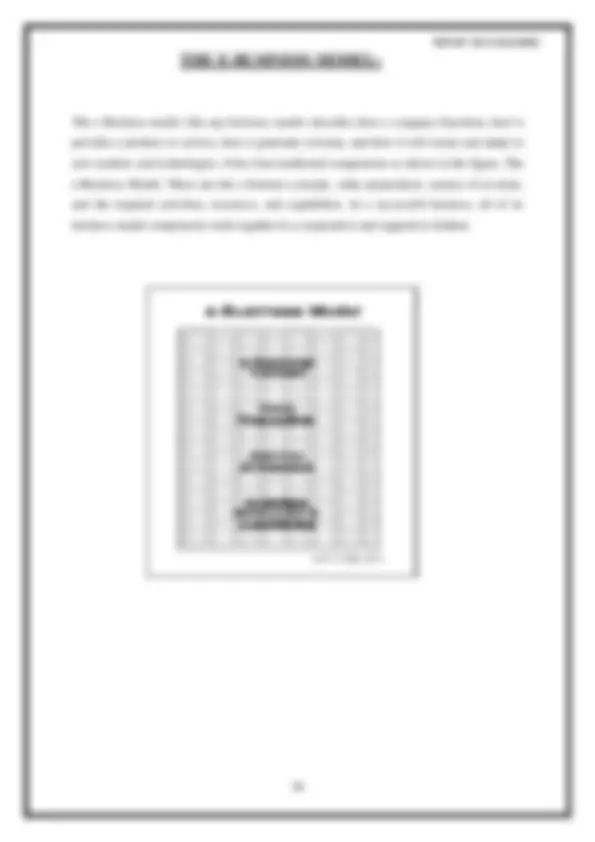
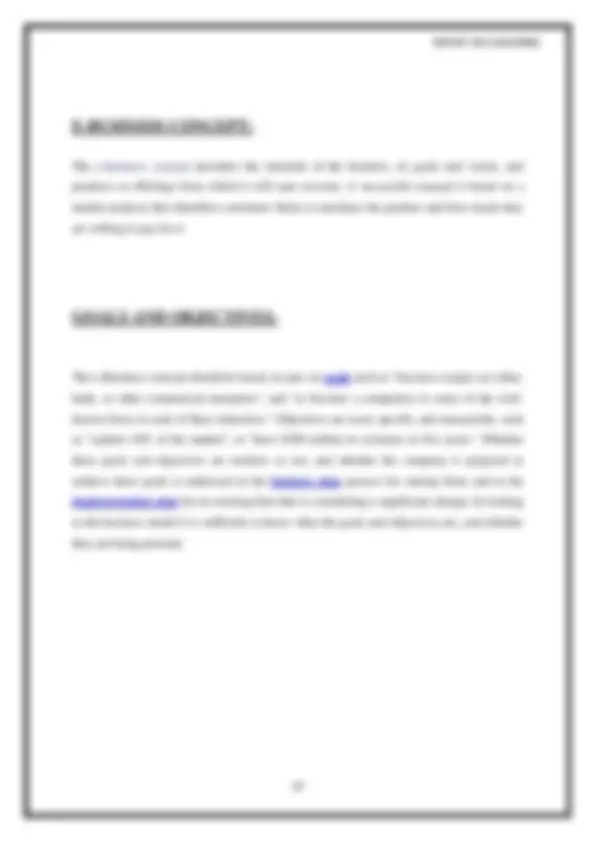
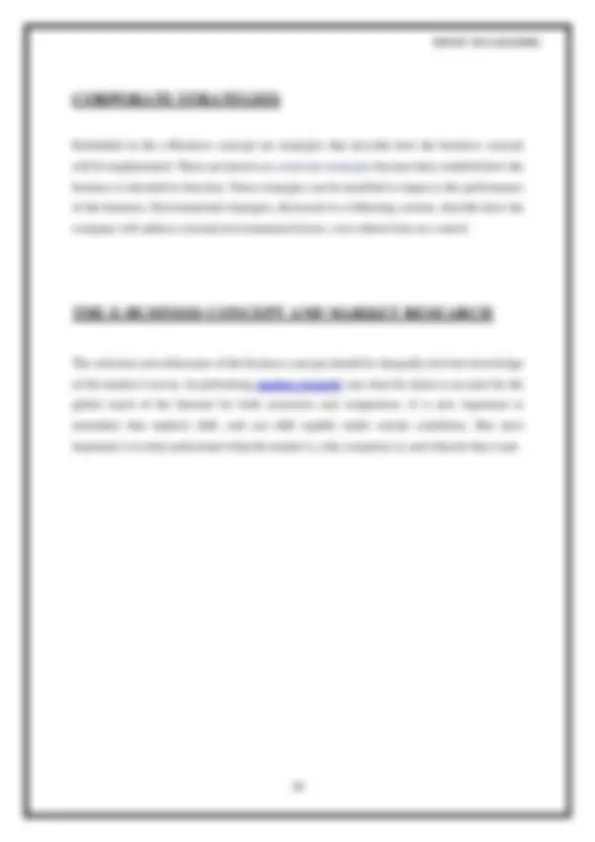
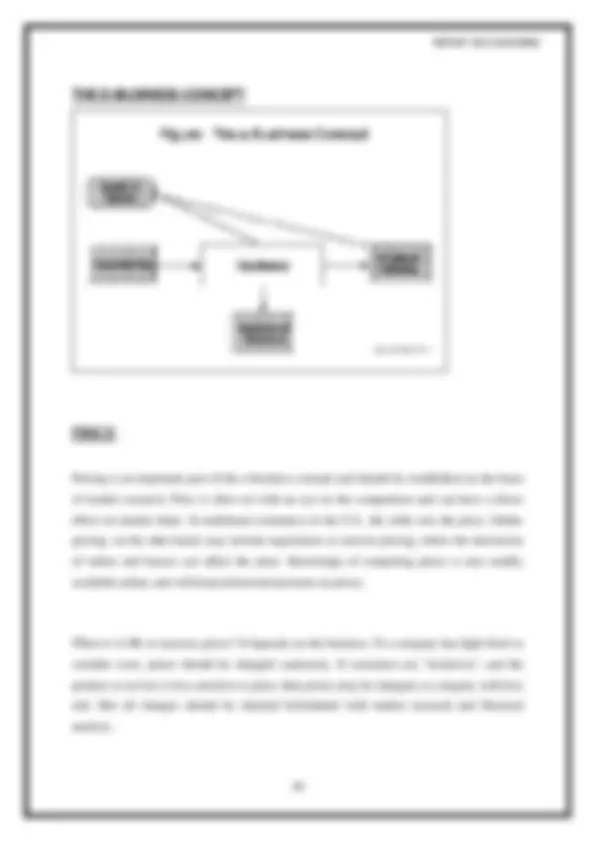
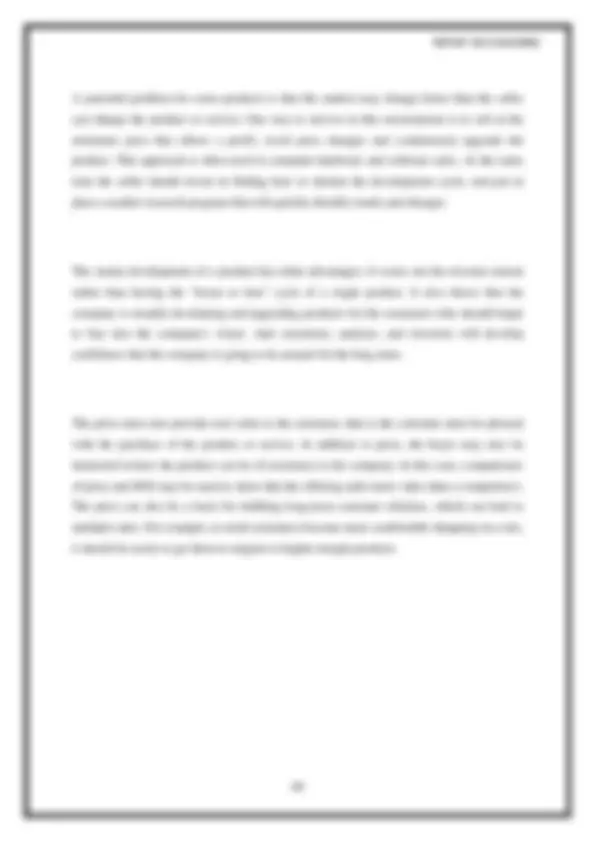
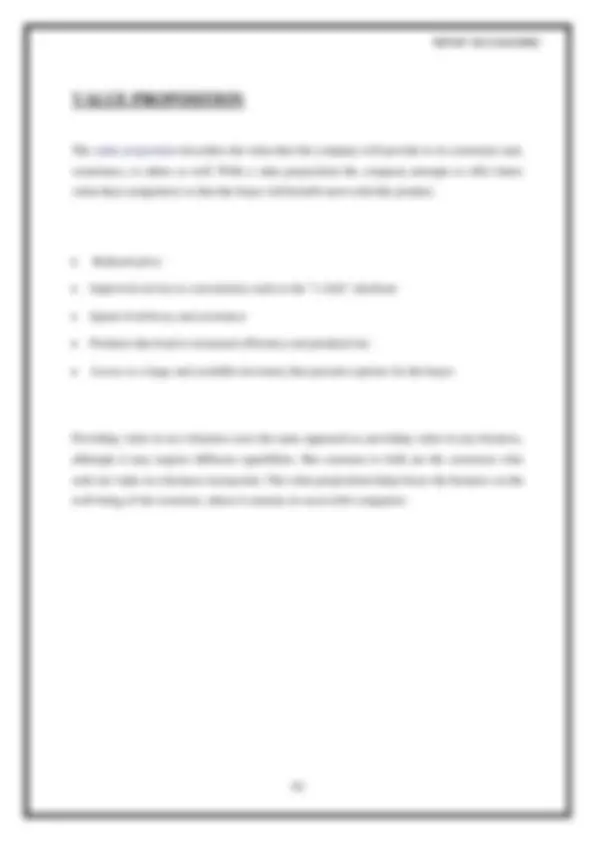
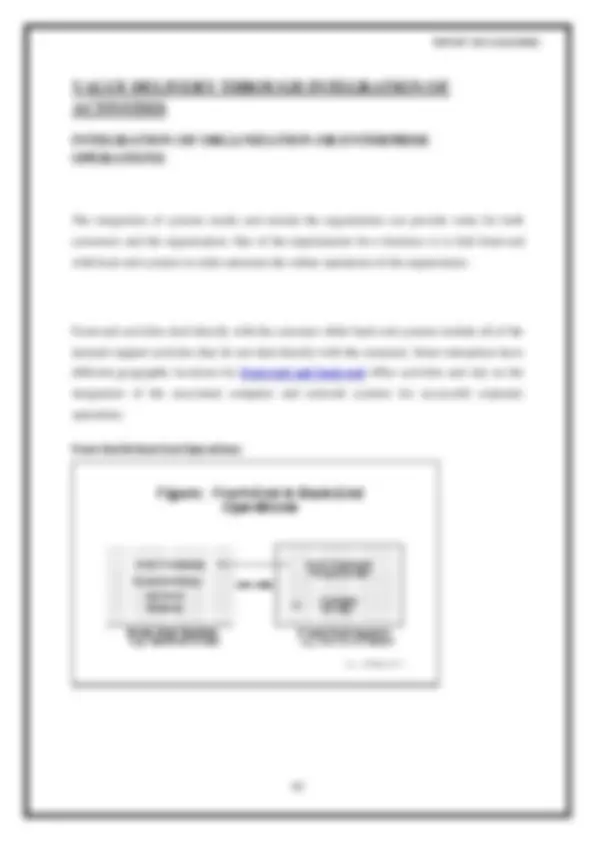
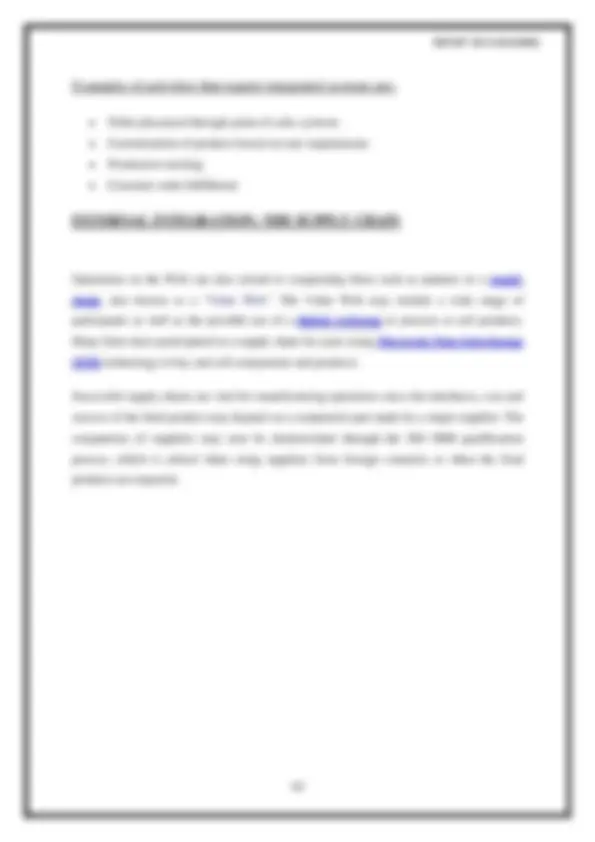
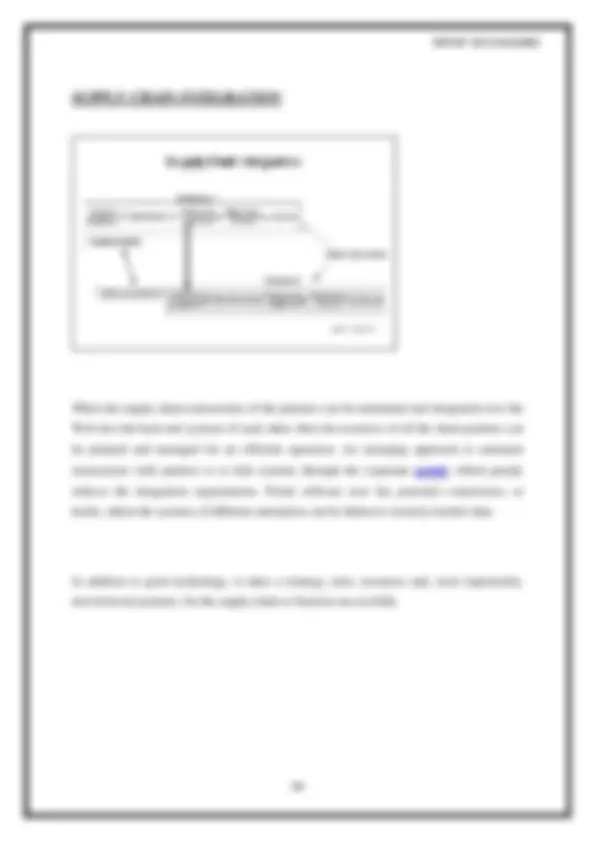
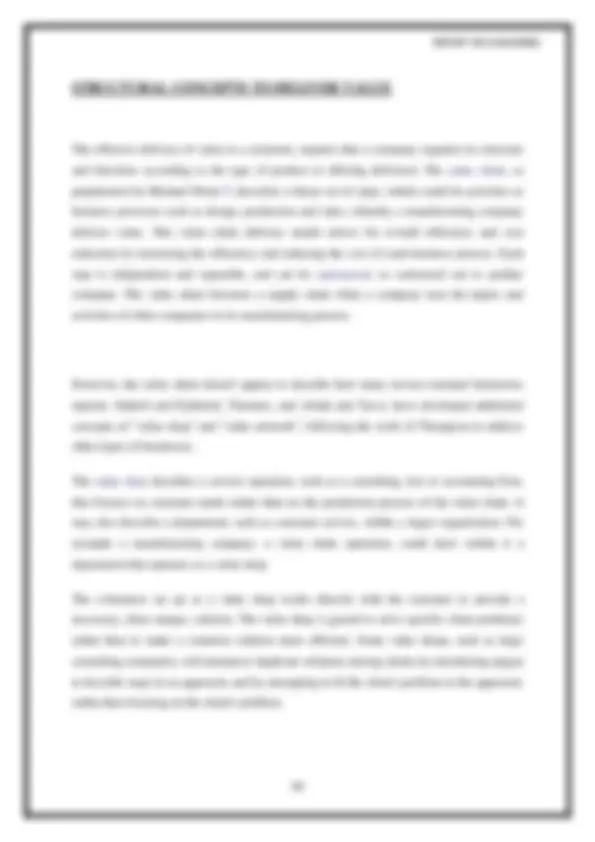
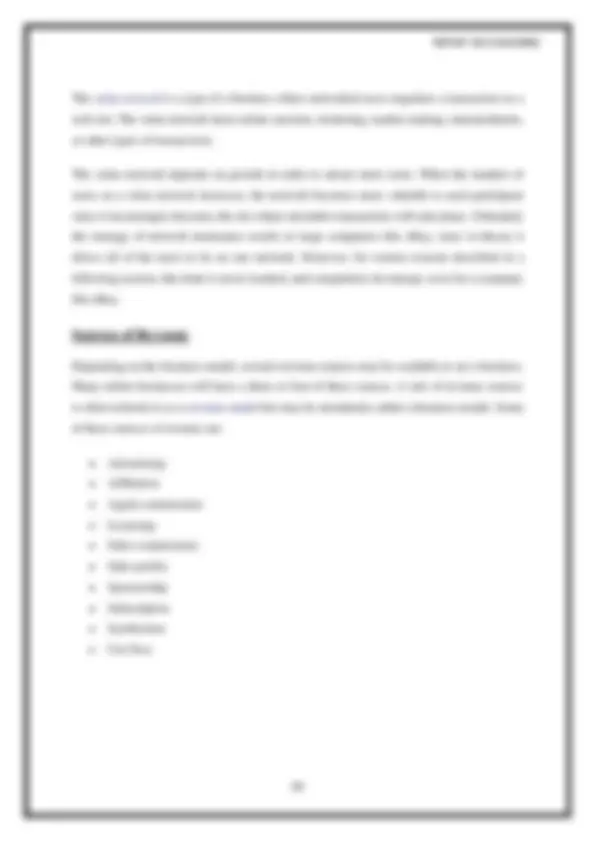
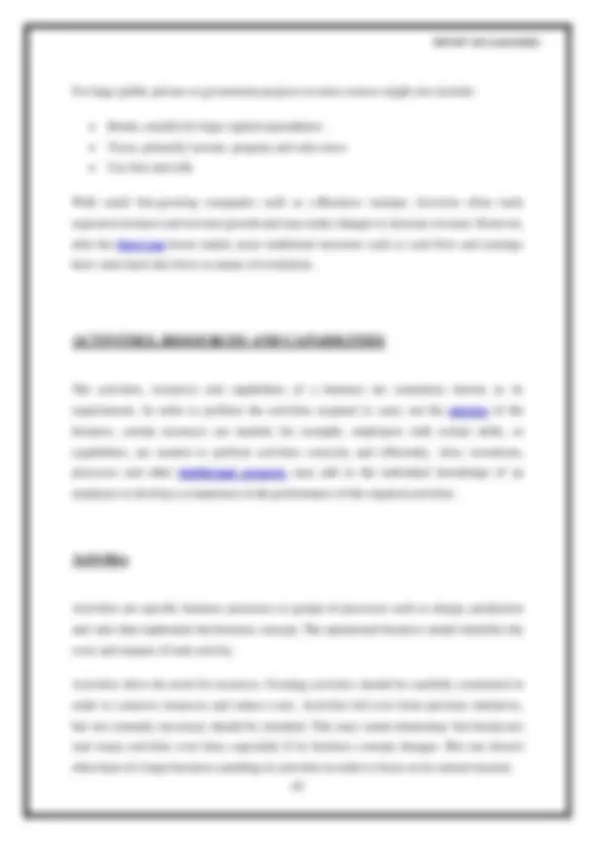
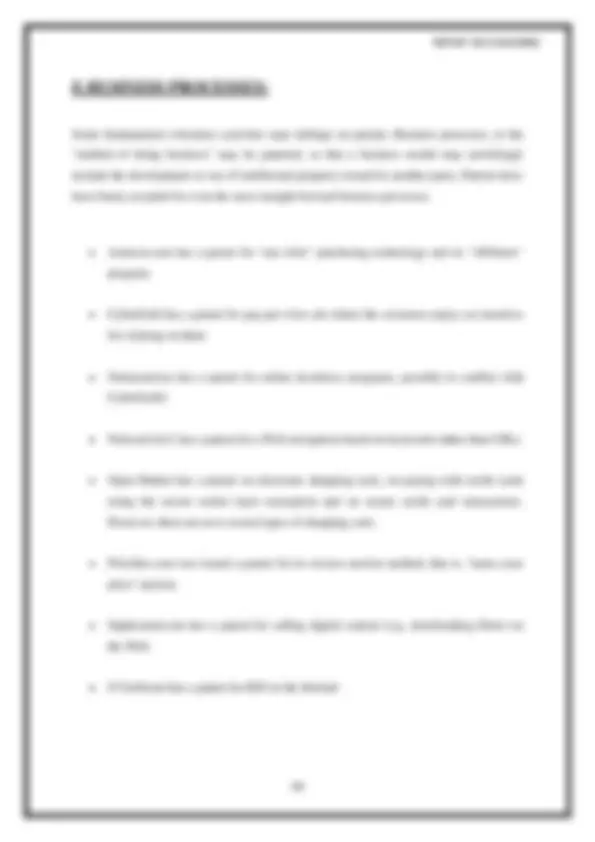
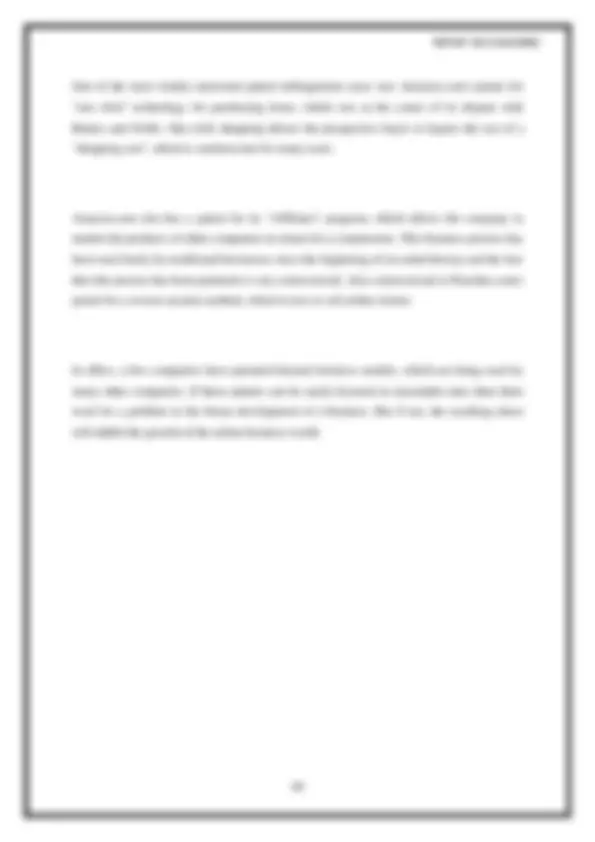
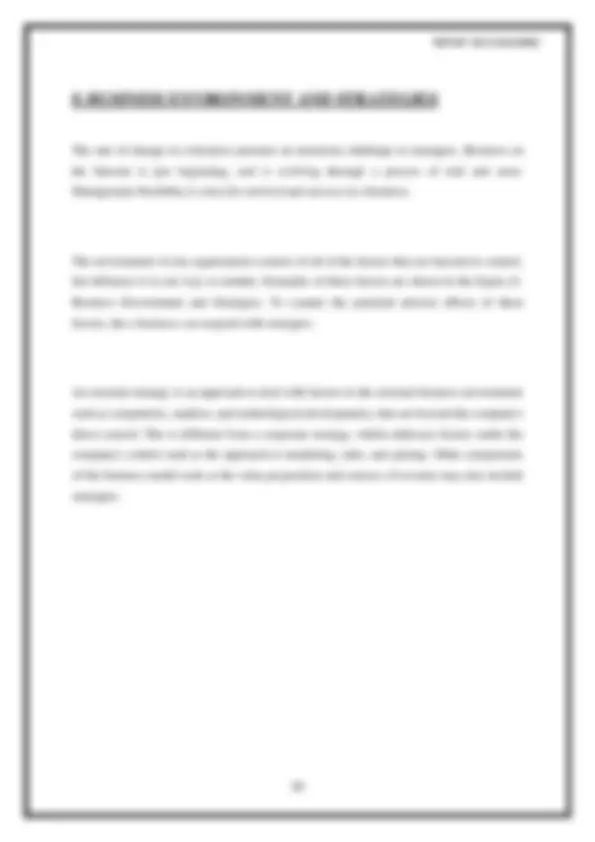
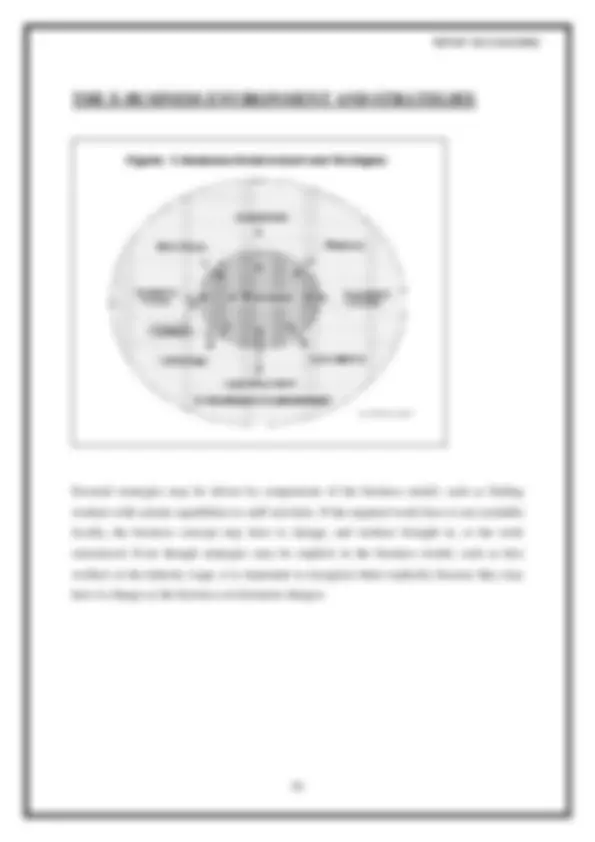
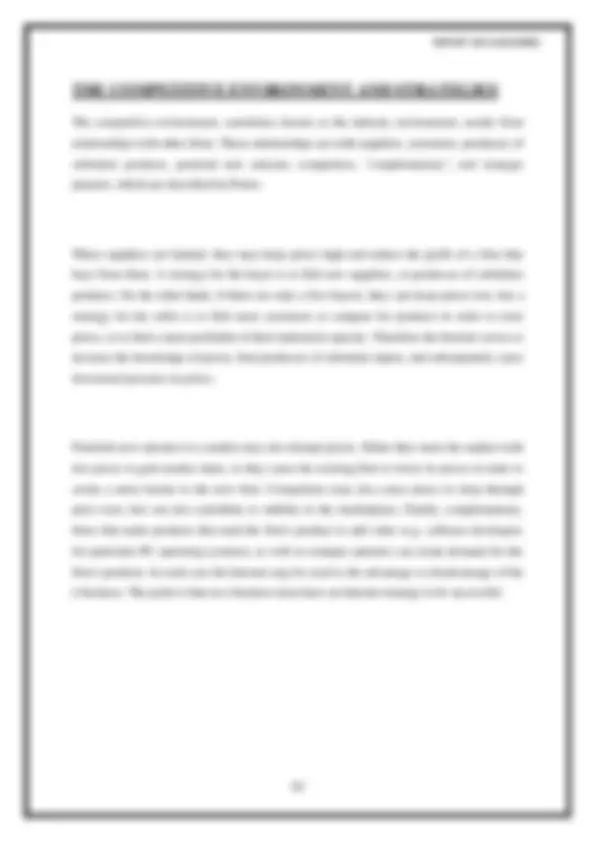
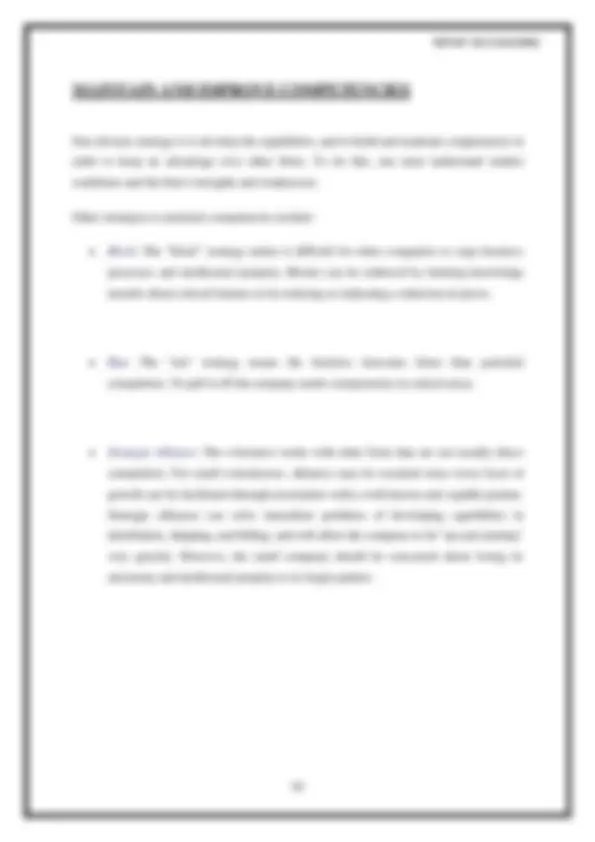
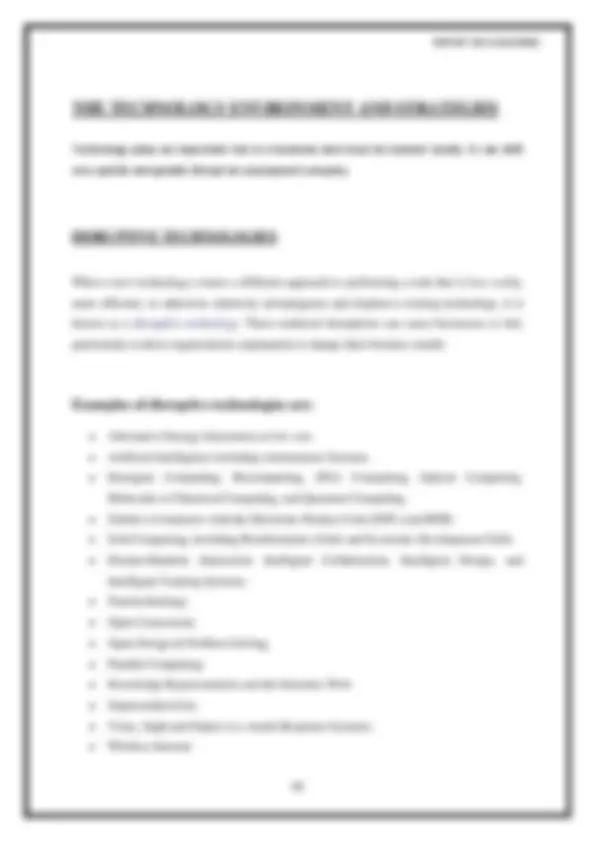
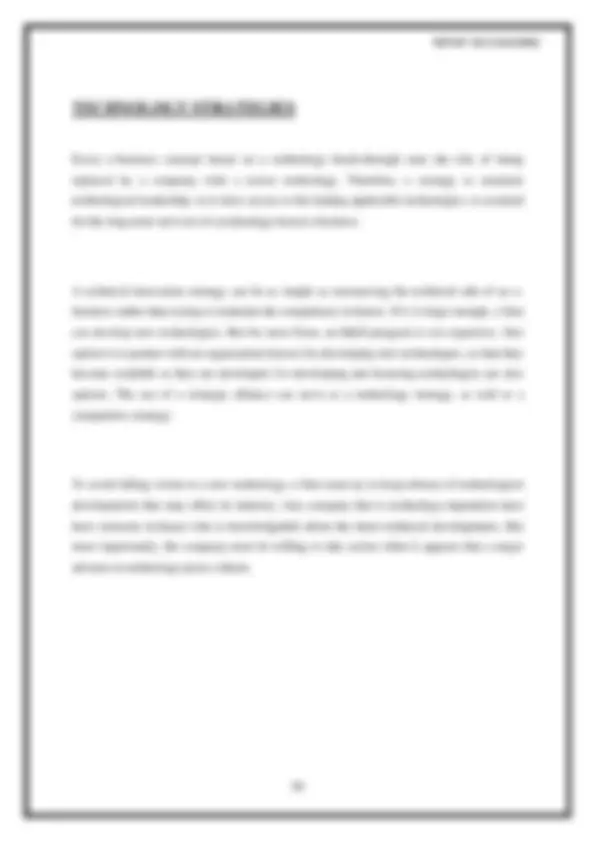
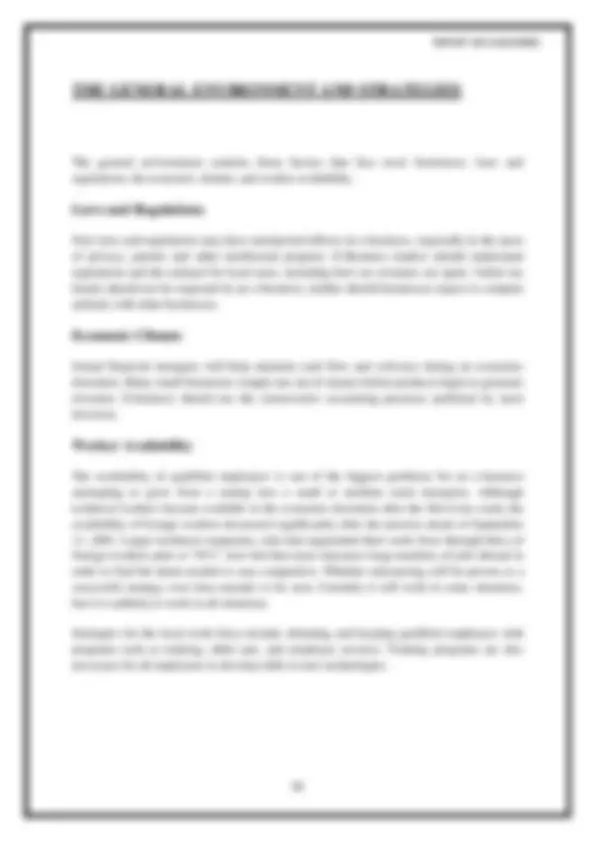
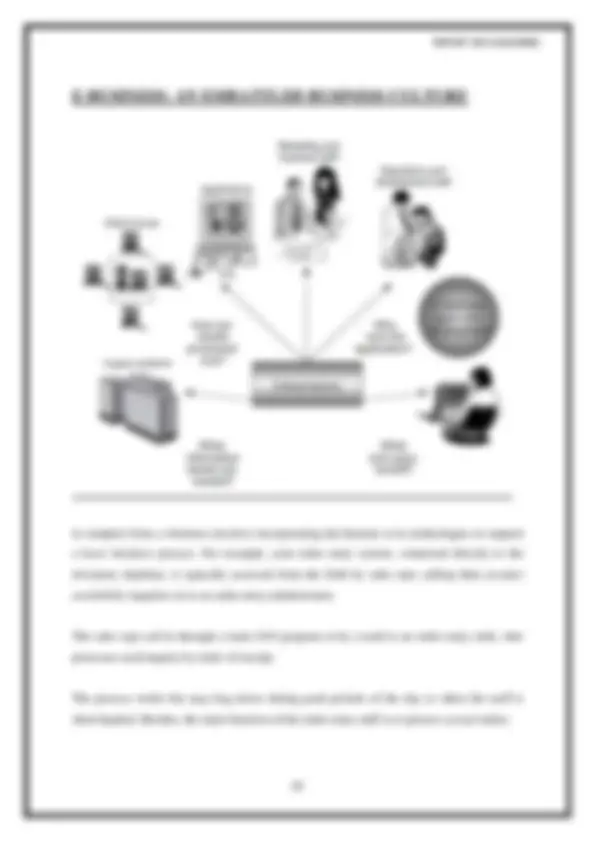
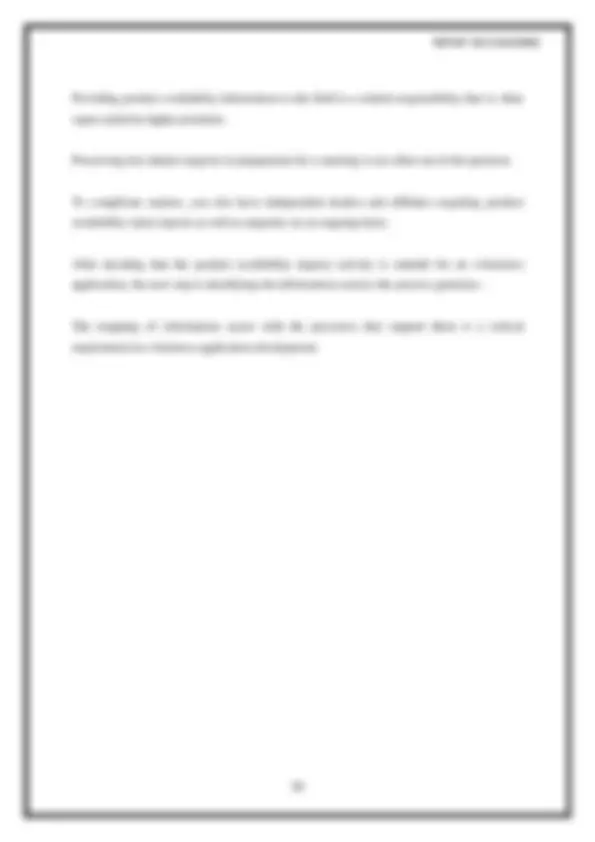
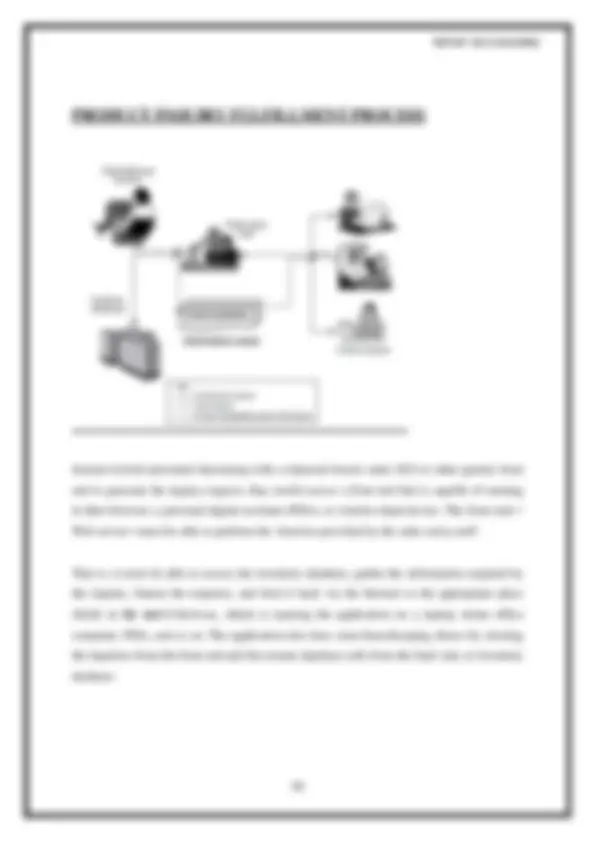
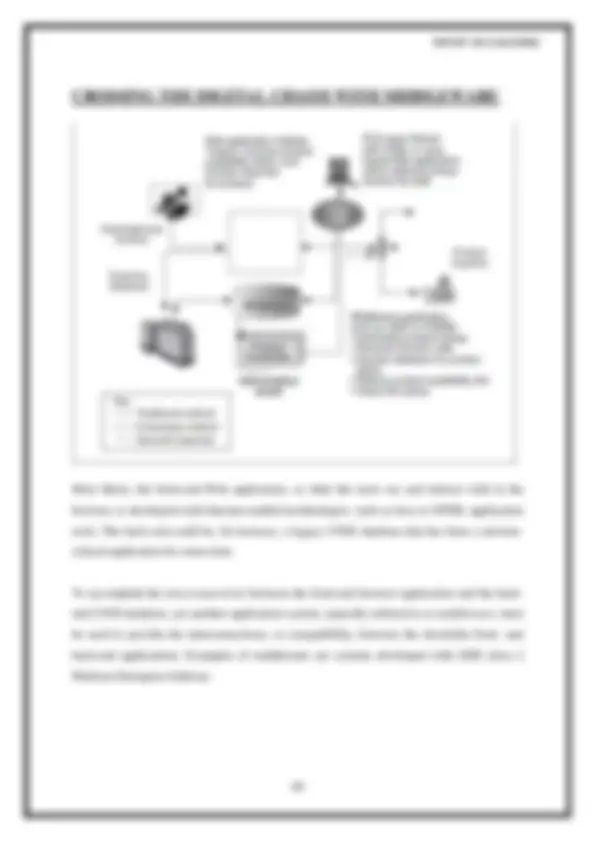
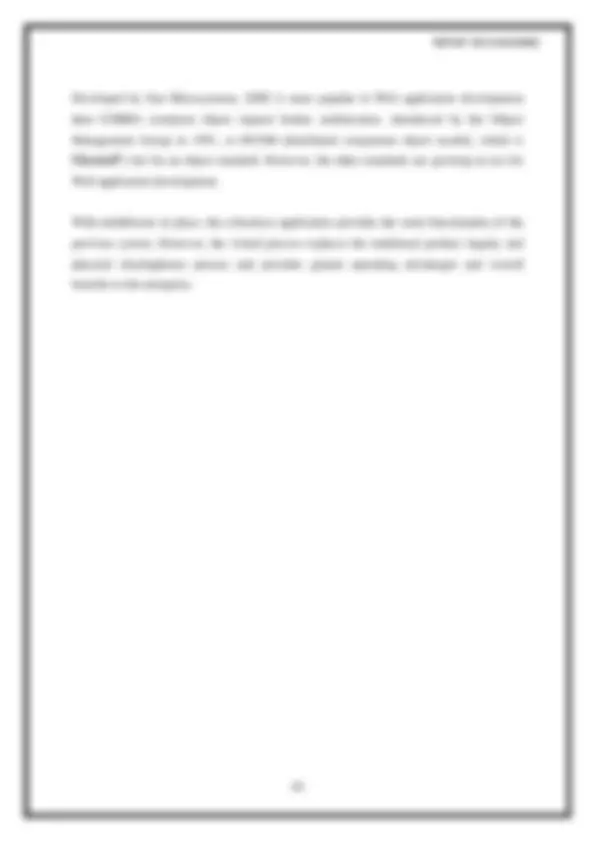
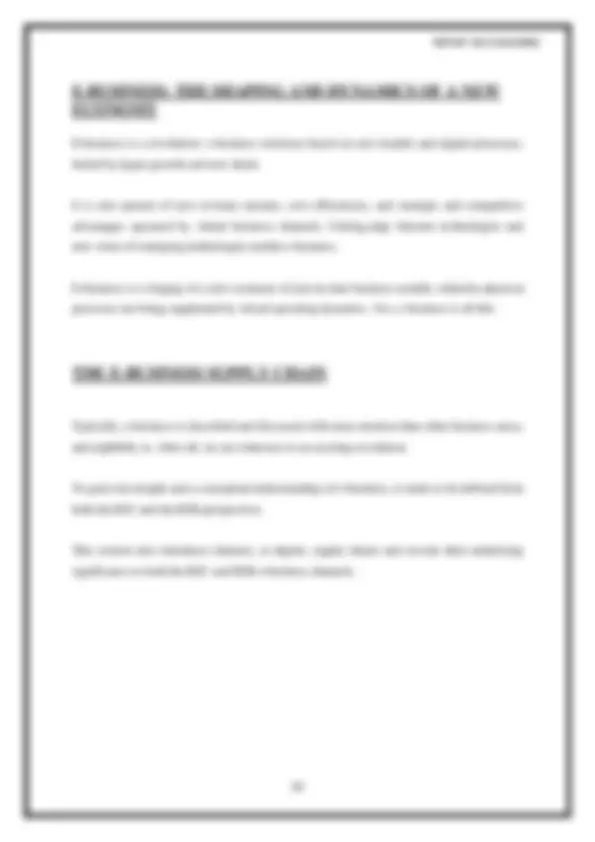
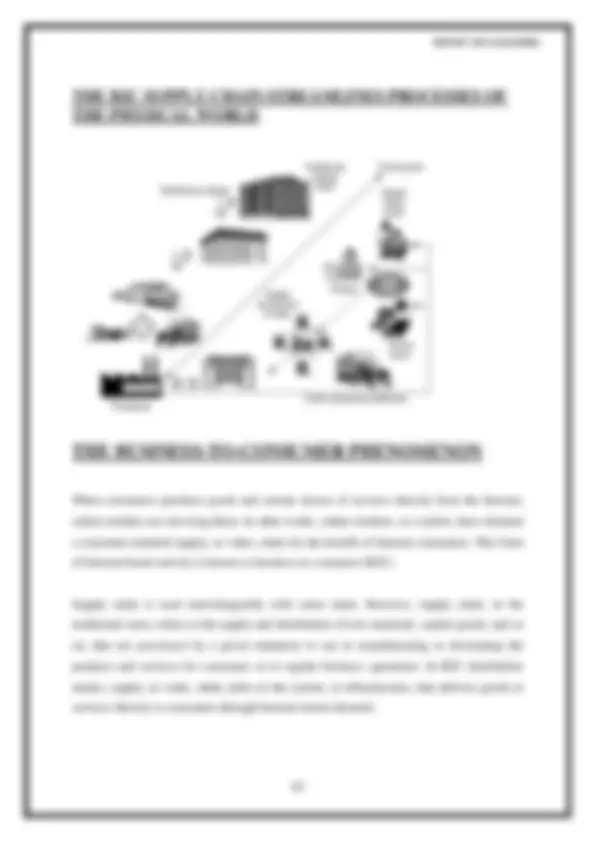
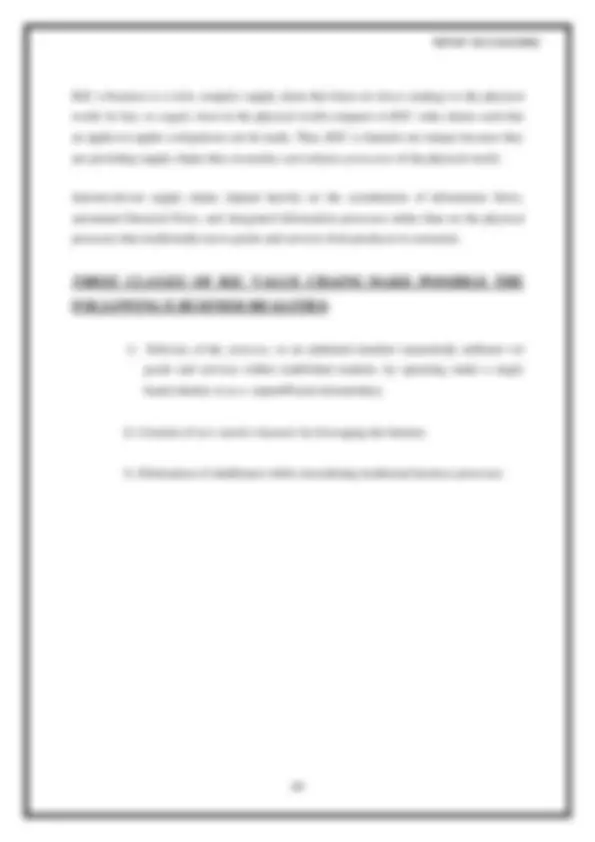
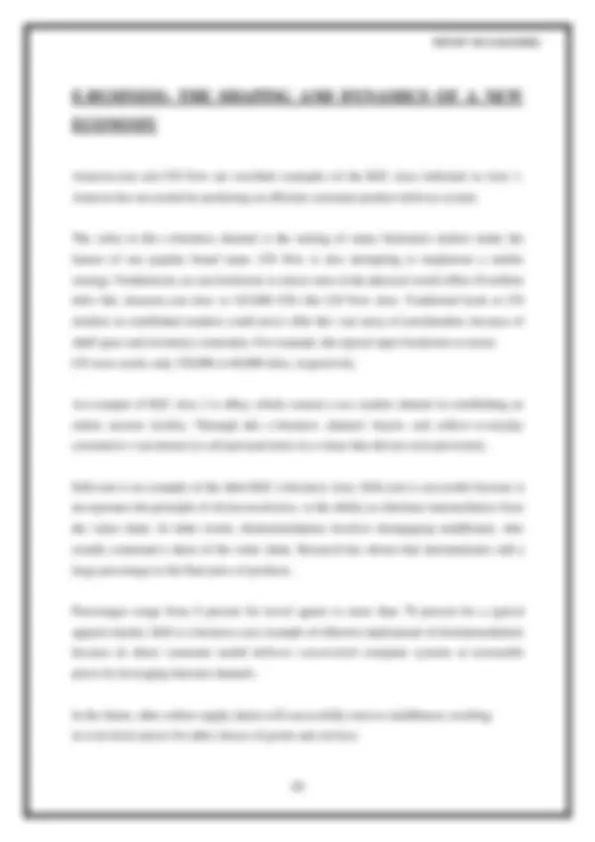
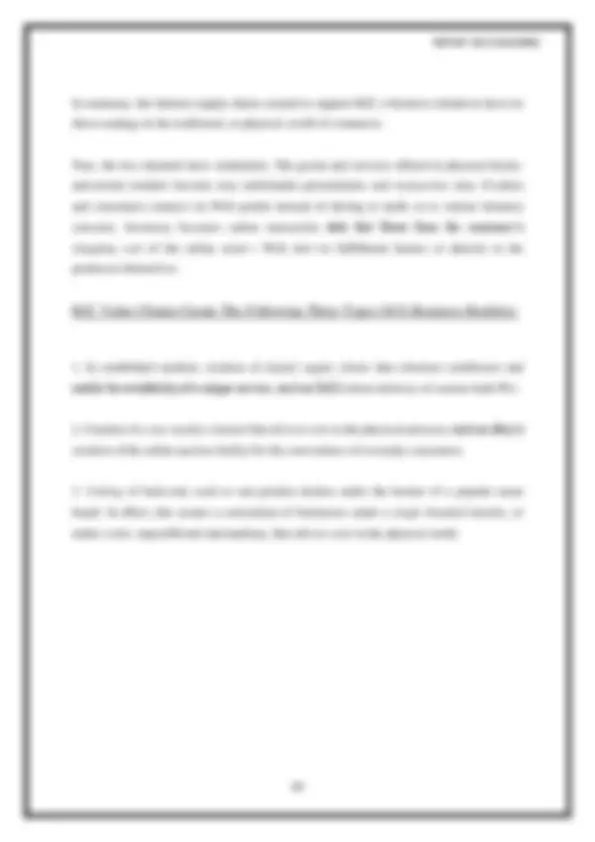
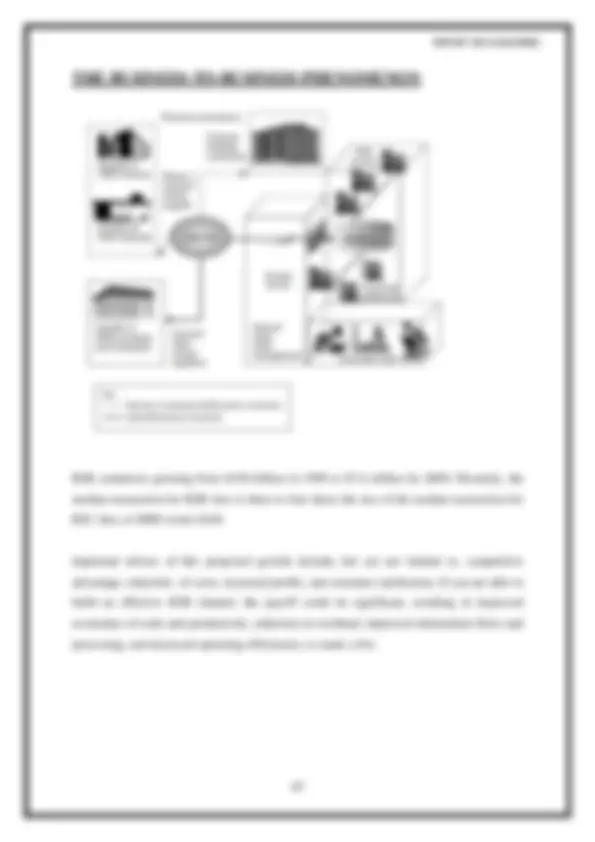
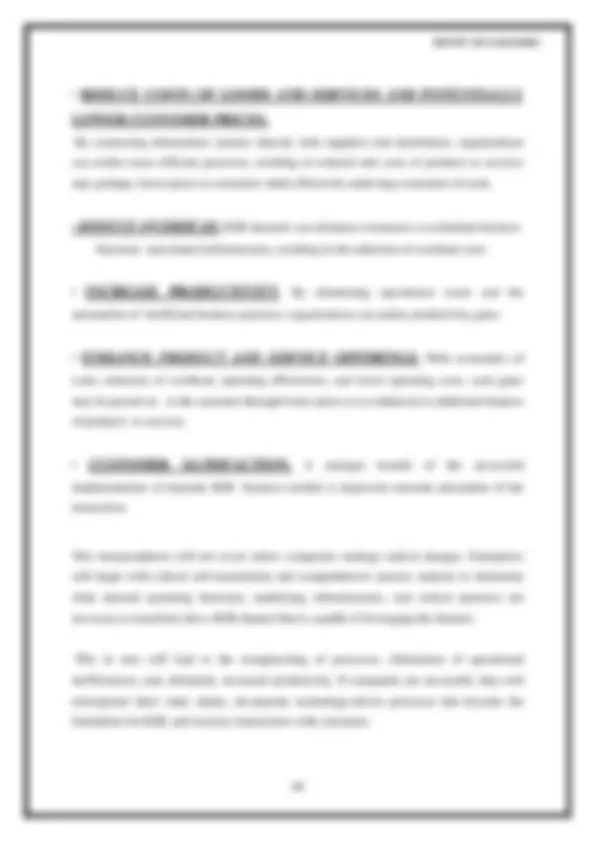
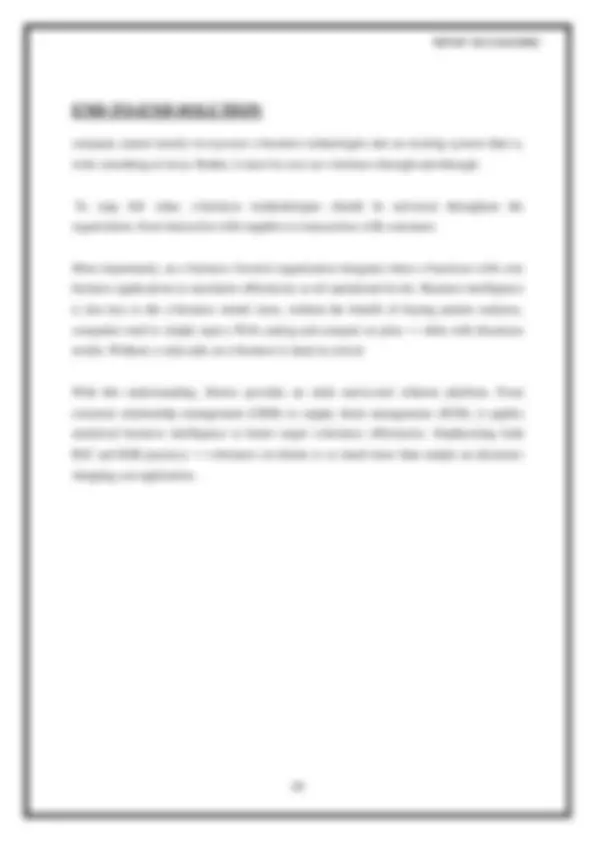
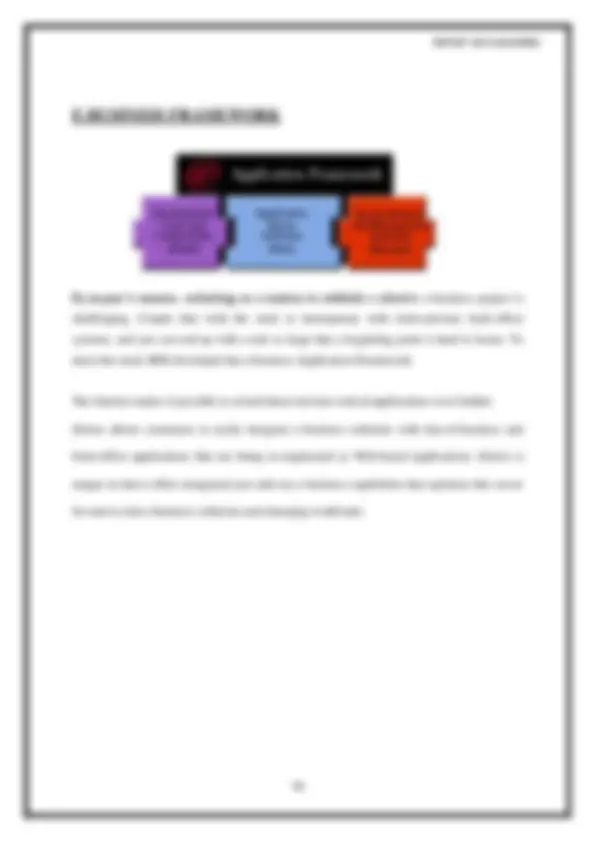
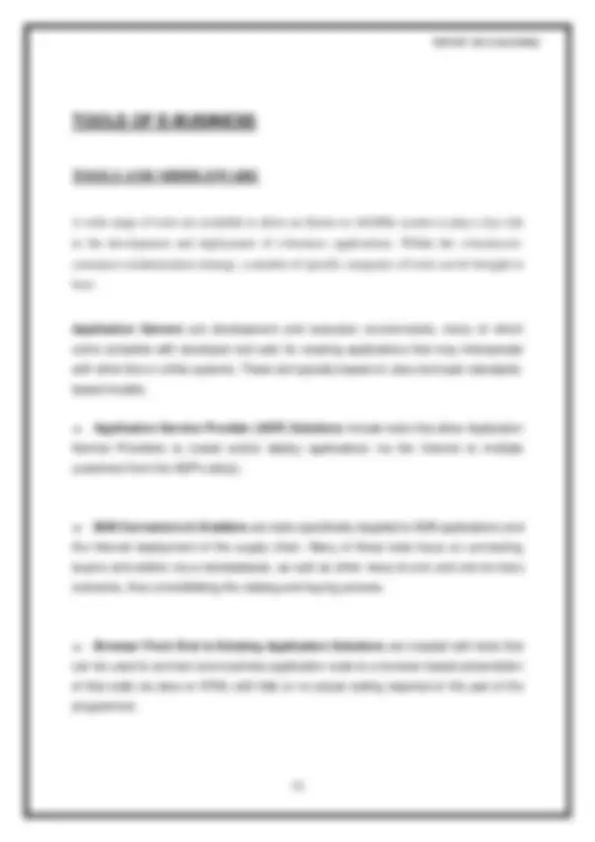
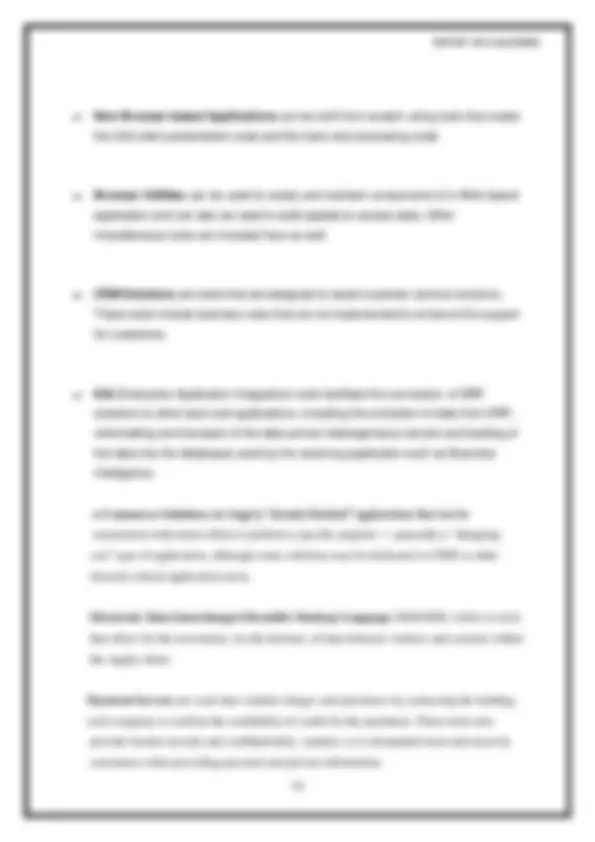
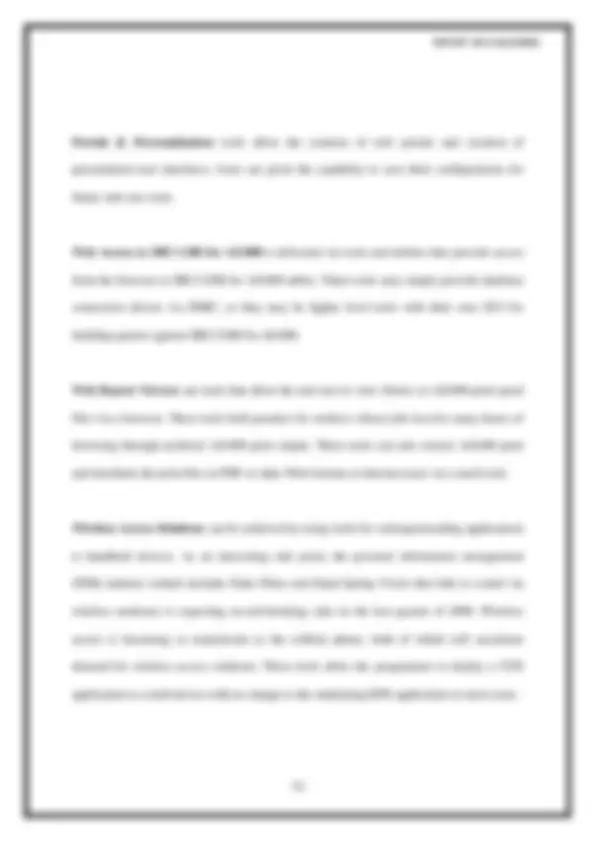

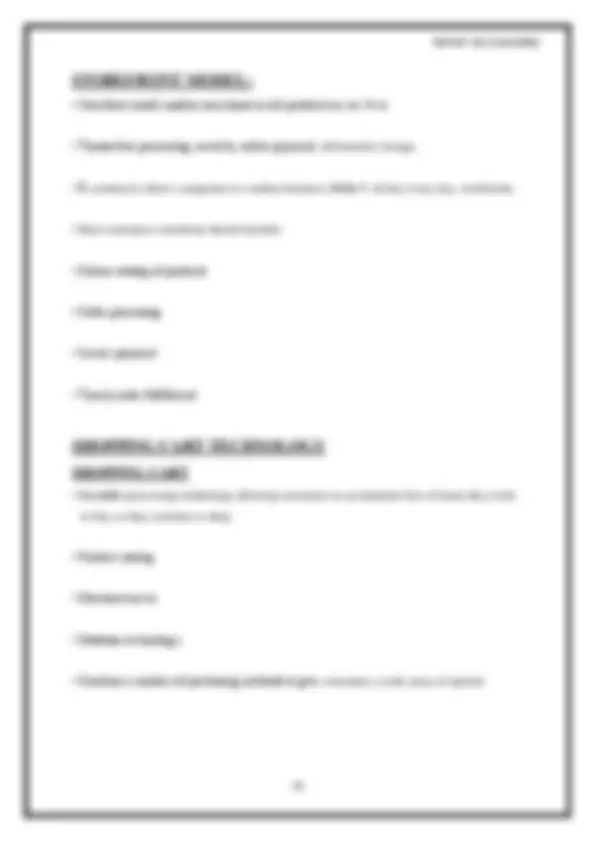
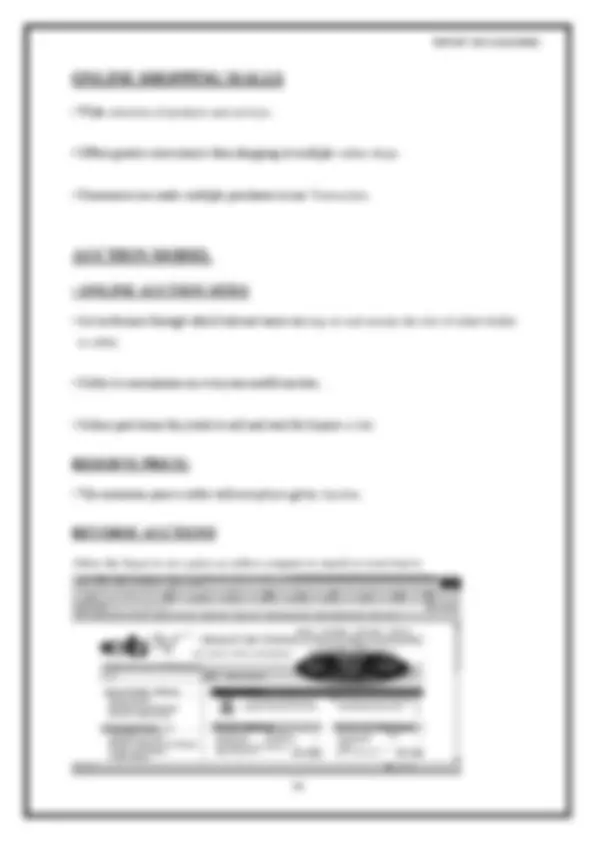
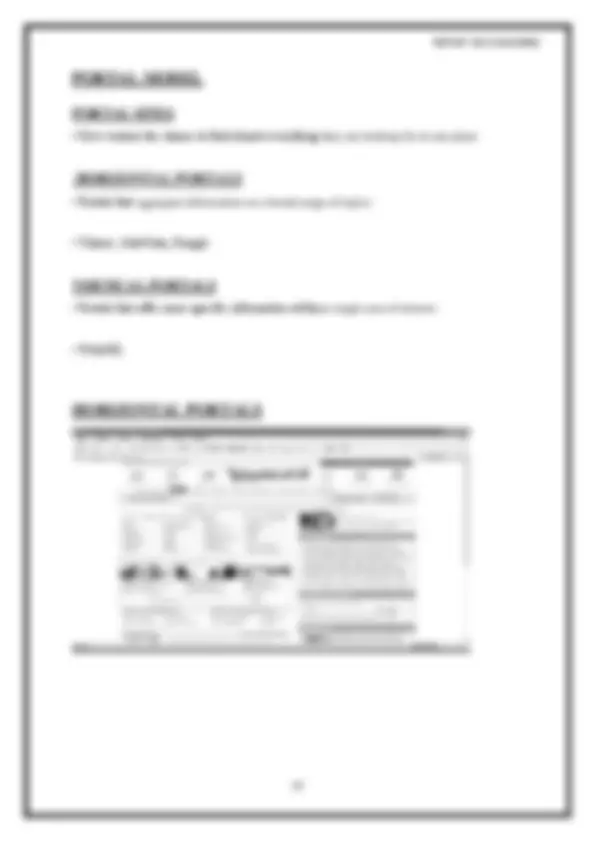
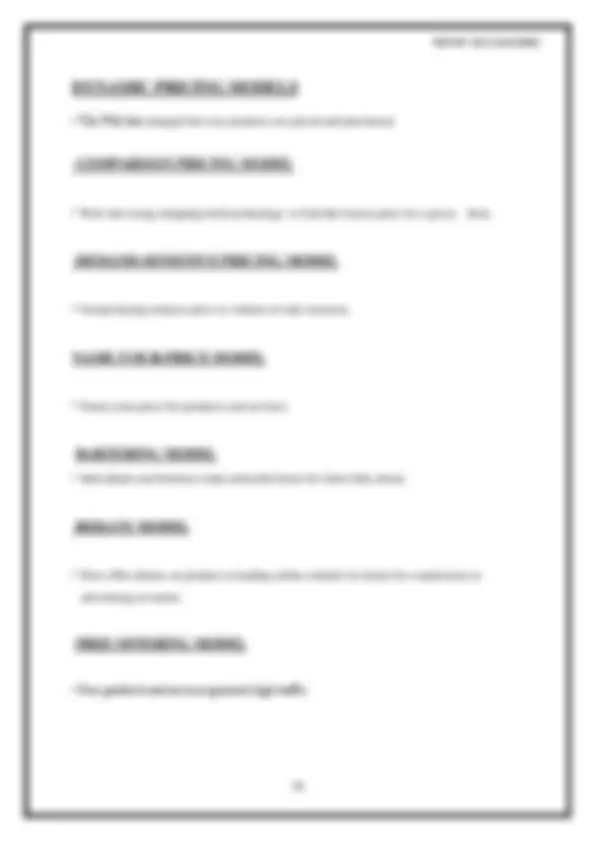
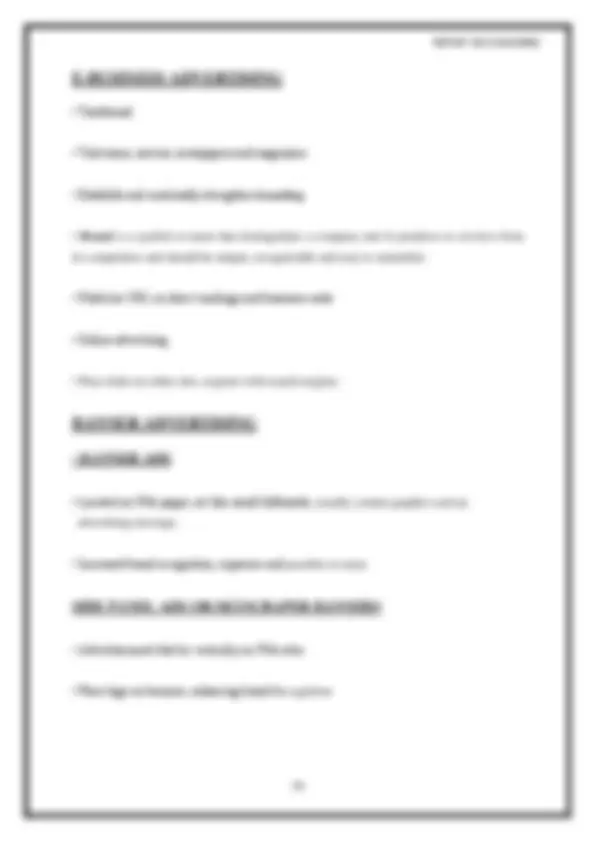
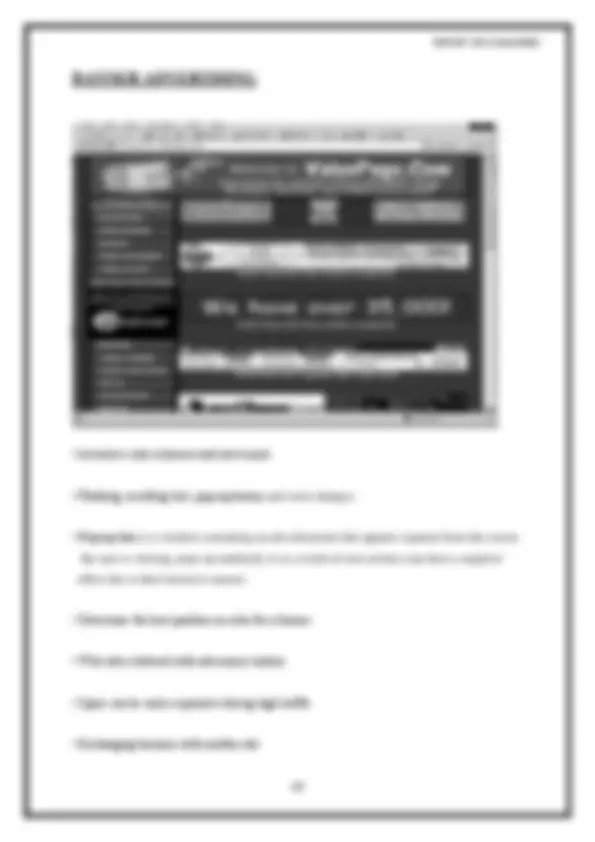
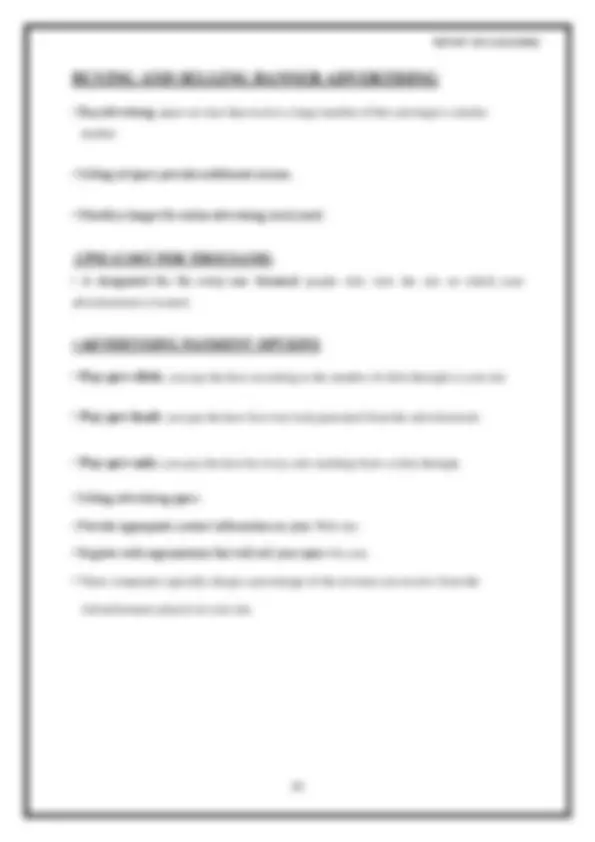
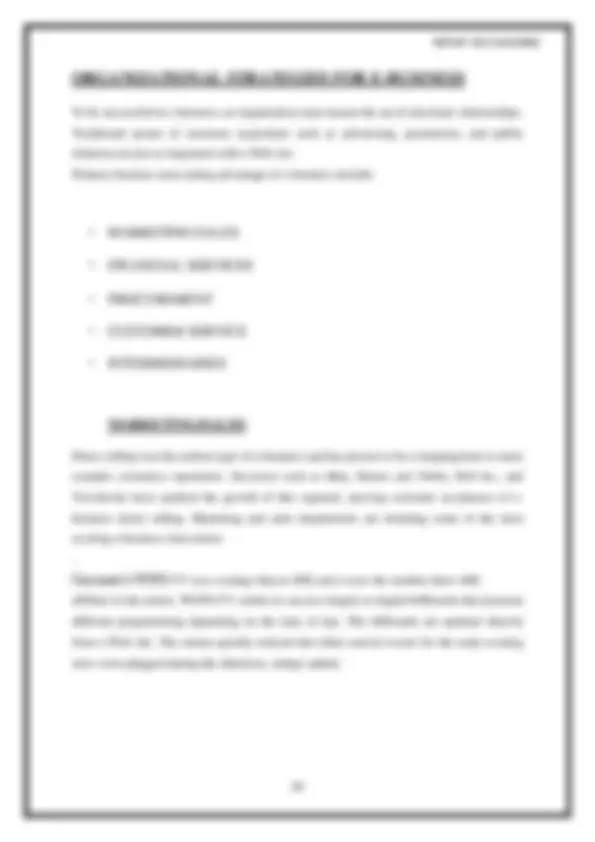
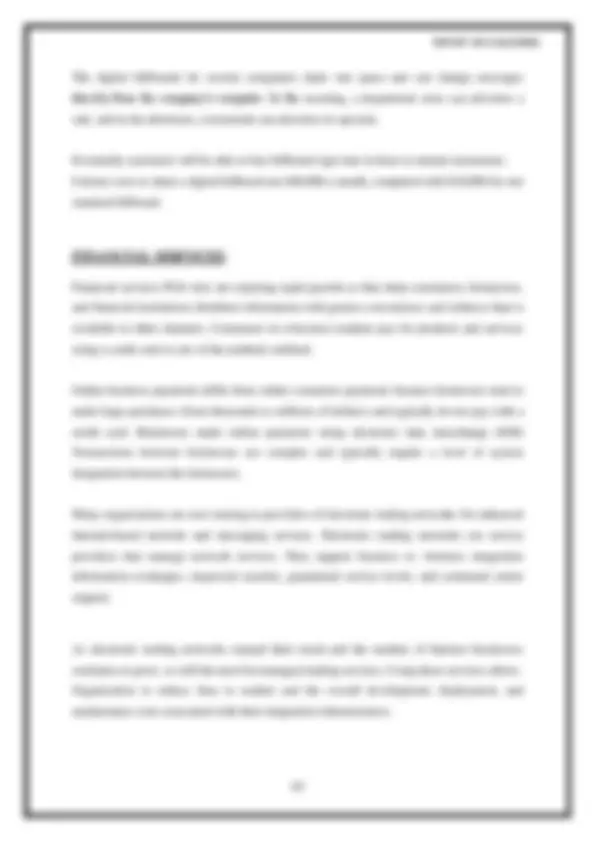
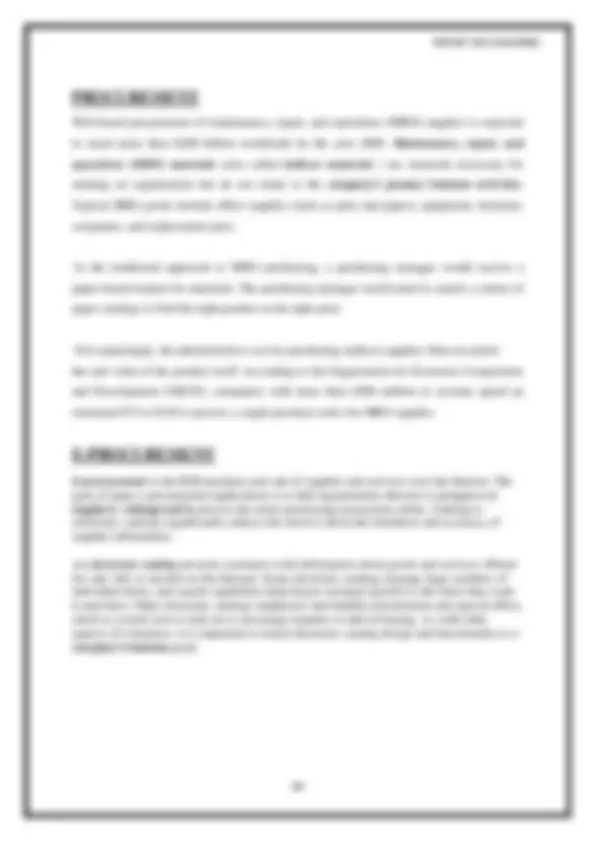
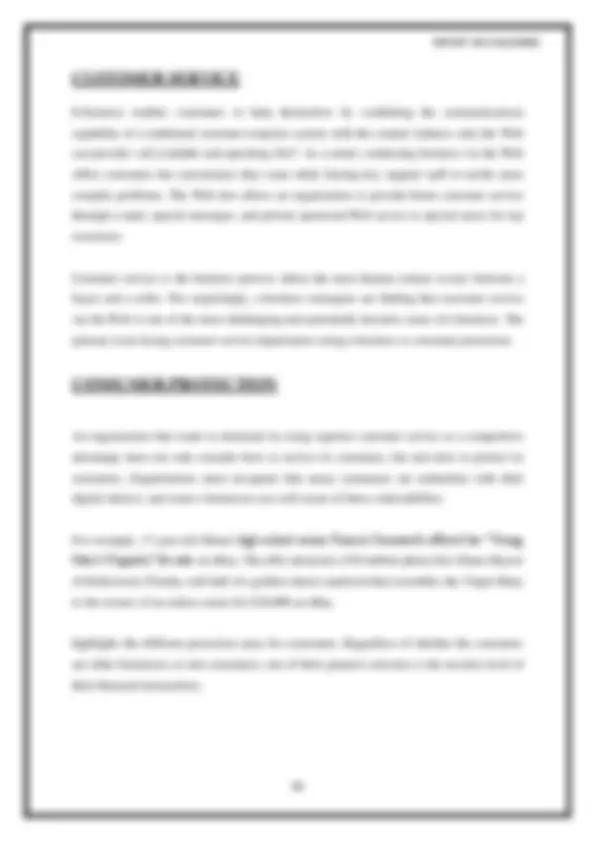
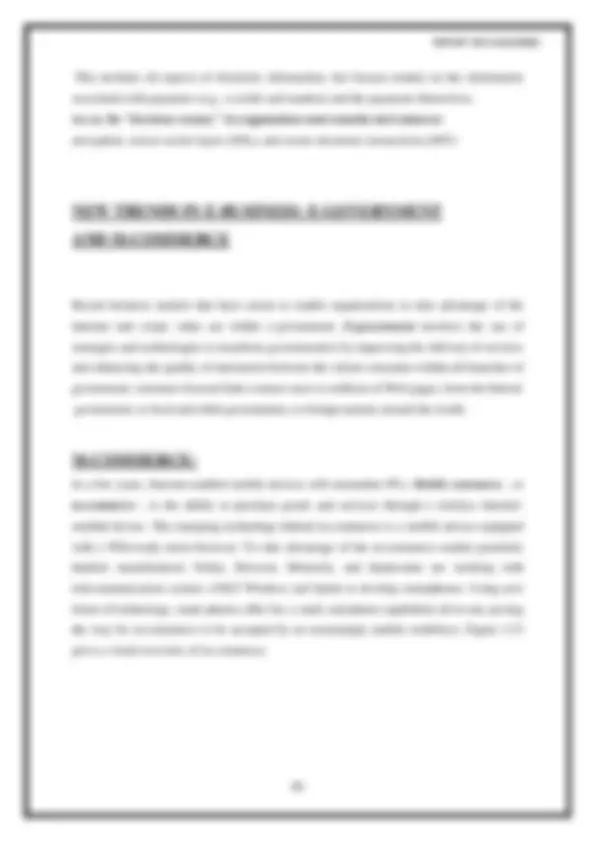
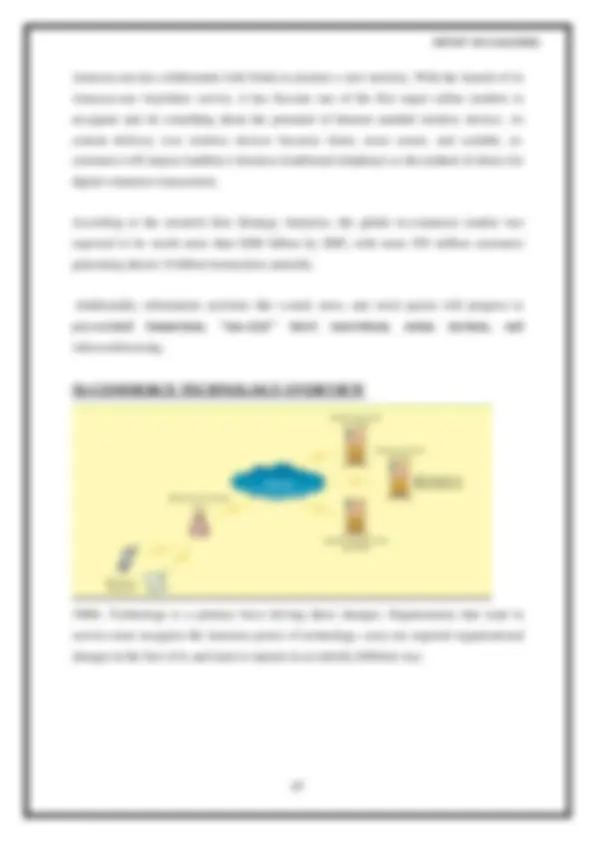
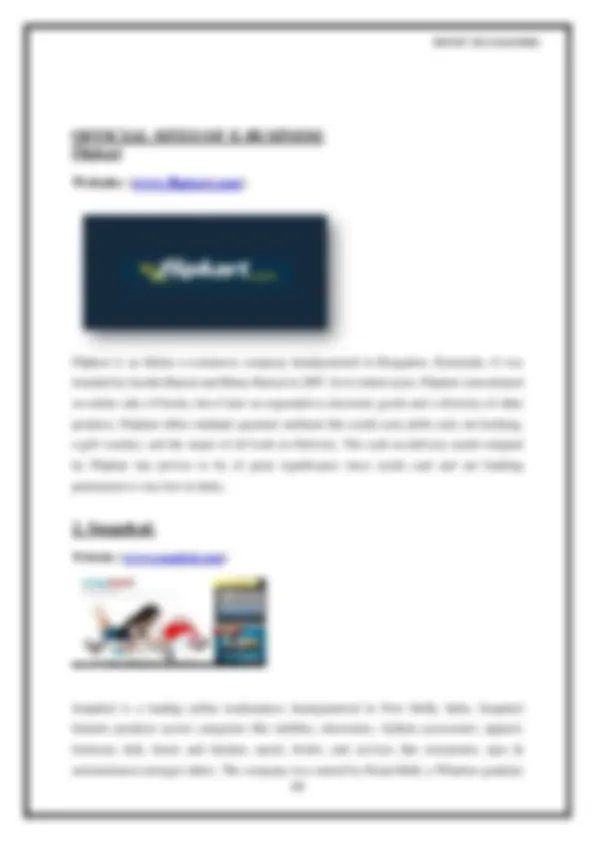
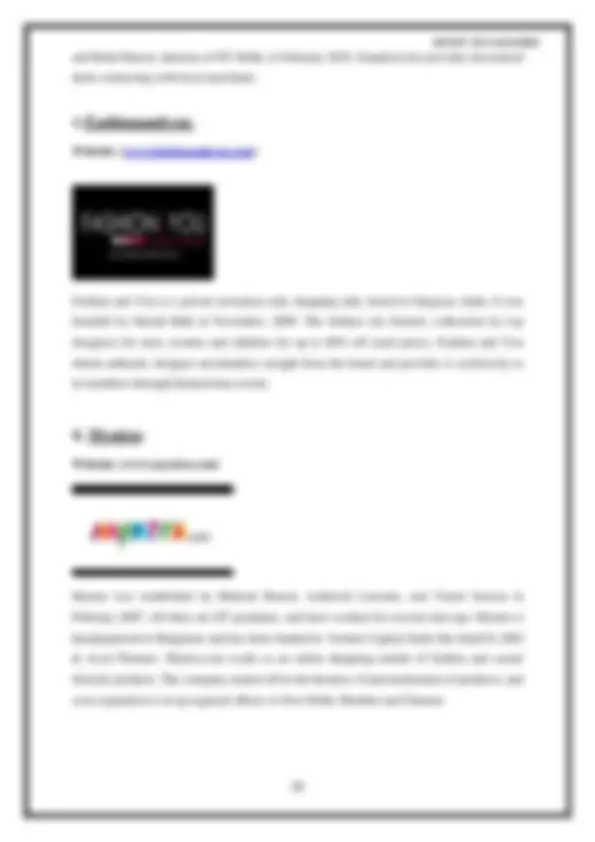
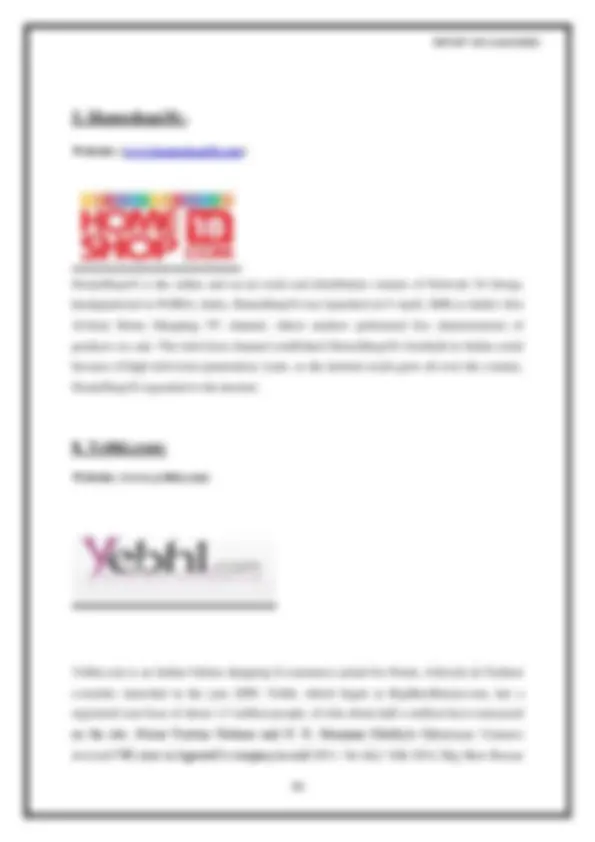
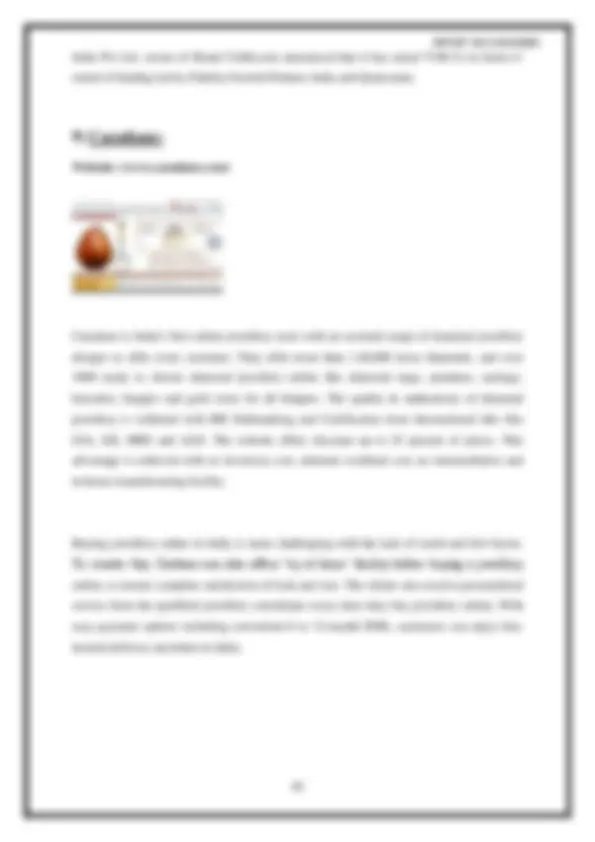
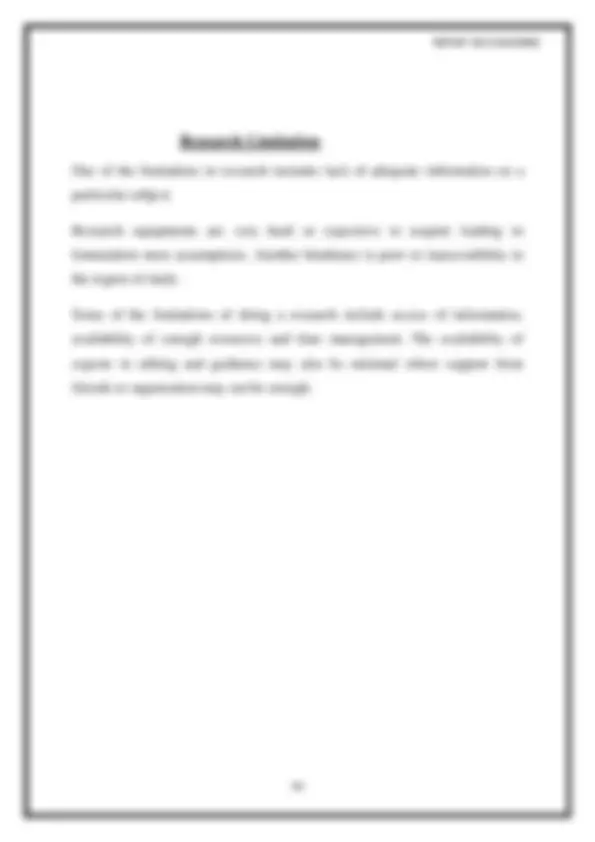
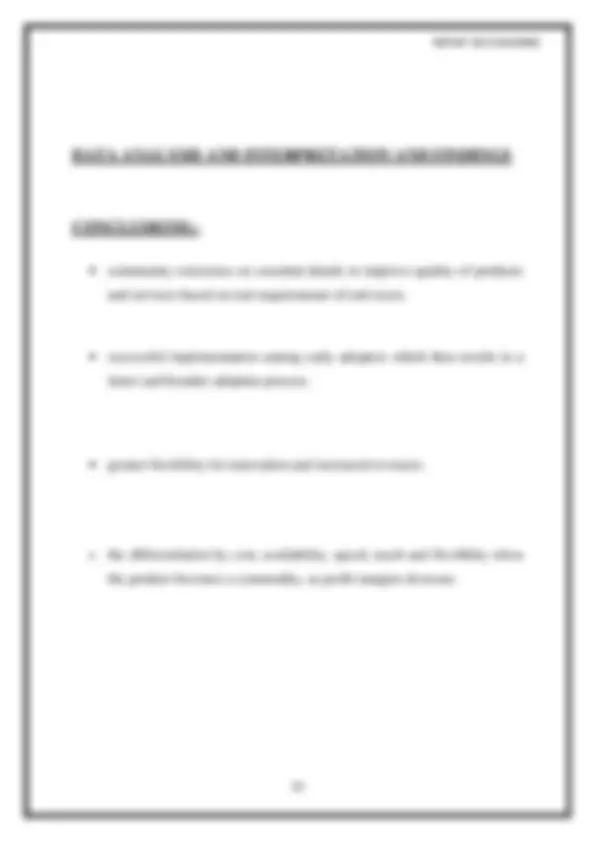


Study with the several resources on Docsity

Earn points by helping other students or get them with a premium plan


Prepare for your exams
Study with the several resources on Docsity

Earn points to download
Earn points by helping other students or get them with a premium plan
Community
Ask the community for help and clear up your study doubts
Discover the best universities in your country according to Docsity users
Free resources
Download our free guides on studying techniques, anxiety management strategies, and thesis advice from Docsity tutors
An in-depth analysis of e-business, its history, evolution, and the various challenges and limitations. It also explores the different types of e-business transactions and their impact on various industries. The report further discusses the benefits of e-business for businesses and consumers, and the skills required to succeed in this field. It concludes by highlighting the importance of corporate strategies and organizational structures in implementing e-business.
What you will learn
Typology: Exams
1 / 93

This page cannot be seen from the preview
Don't miss anything!






















































































PROJECT WORK SUBMITTED IN PARTIAL FULFILLMENT OF THE REQUIREMENTS FOR THE AWARD OF THE DEGREE OF
Despite the fact that e-business is a relatively new trend in the business sector, its brief history is filled with controversial events. The rapid growth of the popularity of the Web from 1995 was accompanied by a highly profitable period for e-business companies. Setting up a fully functional e-Business website was very easy and cost efficient and at that time it was thought to guarantee success and profits ( O’Connor and Galvin, 1998; Janenko, 2003). The number of e-businesses kept growing in an attempt for everybody to have a share from the profit pie. On the turn of the century, their number reached its peak and their profit opportunities and potential financial growth was capped. This led to the huge stock market collapse of many e-business companies which is known as dot.com bust. After a five year period where companies had to revaluated their strategic approach towards e-commerce, growth of e-businesses started to increase again, reaching double digit level through the
Lack of sufficient system is standards, reliability, security and communication protocols
Not enough telecommunication bandwidth
"The software development tools are still evolving and changing rapidly"
Integrating the Internet and electronic commerce software with current databases and applications difficultly
Additional cost to request special Web servers and other infrastructures, in addition to the network servers
Possible problems of interoperability, that means some e-business software or applications does not fit with some hardware, or is incompatible with some operating systems or other components
Improve service. Save time. -Time taken by customers. -Elapsed time for process. Reduce process errors. Reduce the cost of core service provision. Free staff to provide value added services. Improve morale -give people the tools and time they need
The benefits of implementing E-Business tools is not so much in the use of technology, as in the streamlining of business processes and the ease in finding new markets. Some of the advantages include:
quicker and easier communications.
strengthened marketing capabilities and reach
increased hours of operation (a website provides 24 hour 7 day information to existing and potential customers)
access to broader information through research
reducing the cost of doing business by lowering transaction costs and increasing efficient methods for payment, such as using online banking and reducing stationery and postage costs.
the opportunities to adopt new business models and develop tailored customer support.
D) It helps the E-Businesses to convert visitors into customers.
E) It helps to determine whether online competitors can significantly Harm your business by providing some of the value you currently Offer customers in the traditional way. It helps the managers to improve the business by enhancing their functionalities as compared with their competitors.
This is one of the most widely accepted statements and applies for every aspect of human activity. Internet is an unlimited pool of information and benefits anyone who uses it properly. According to Porter and Millar (1985) information gives competitive advantage to a company in three different ways: a) By changing industry structure and changing the rules of competition. b) By providing companies with new ways to outperform their competitors. c) By creating new businesses, even from within a company’s existing operations.
The authors continue by discussing the strategic significance that Information Technology has obtained for companies, by affecting the value chain, thus the technological and economic activities that a company performs to do business. Not only it transforms the value chain, but also transforms the product or the service that the company produces. Additionally, authors suggest five ways for Information Technology to be successfully implemented in business processes. This can be done by: a) Assessing the intensity of information. b) Determining the role that Information Technology will have in the industry structure. c) Understanding the ways that it can create competitive advantage for their companies. d) Investigating the possibilities of new businesses. e) Developing a strategic plan to take advantage of Information Technology.
E-business offers buyers and sellers a new form of communication and provides an opportunity to create new marketplaces. Theoretical studies suggest in general that the development of e-business results in higher firm performance as a result of lower search and head-to-head comparison costs. However, there are a number of recent theoretical studies, which demonstrate that the growth of e-commerce may lead to monopolistic pricing behaviour so that firms engaging in e- commerce need not perform better compared to more Traditional enterprises. To date, there exists little empirical evidence on the impact of information technology on economic performance. This paper is the first that uses a large representative data set of Belgian firms to study empirically the impact of e-business on corporate performance.
limited.
(2) It is especially the large firms that engage in ebusiness and mostly in e-procurement.
(3) E-business has no effect on total factor productivity in small firms , however, we find positive effects on performance of e-business in large firms.
Questionnaire Survey Observation Experimental
Internal
External
Internet (^) Published data
Sales records Marketing activities Cost information feedback
Newspaper Books Private studies
printed Electronic